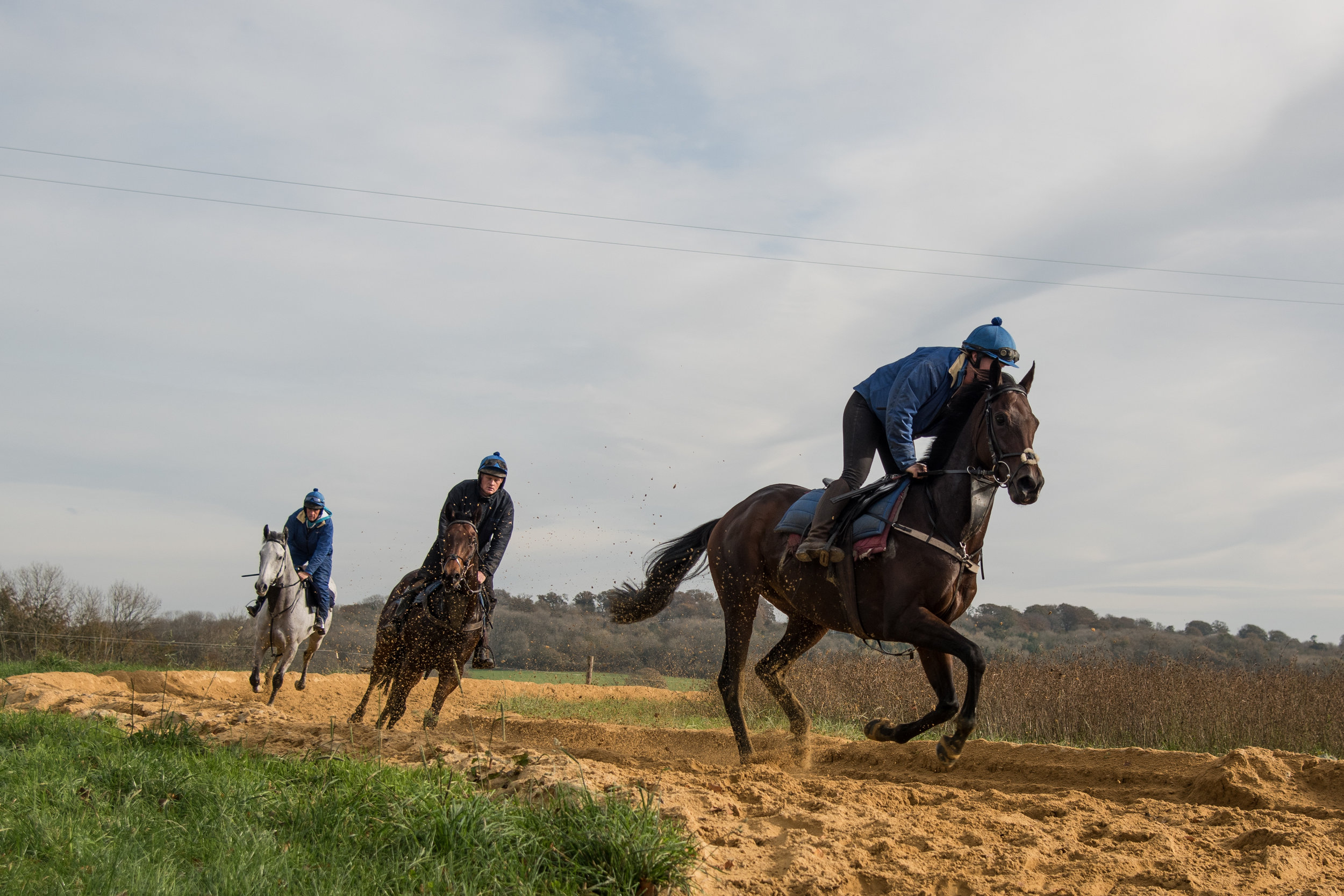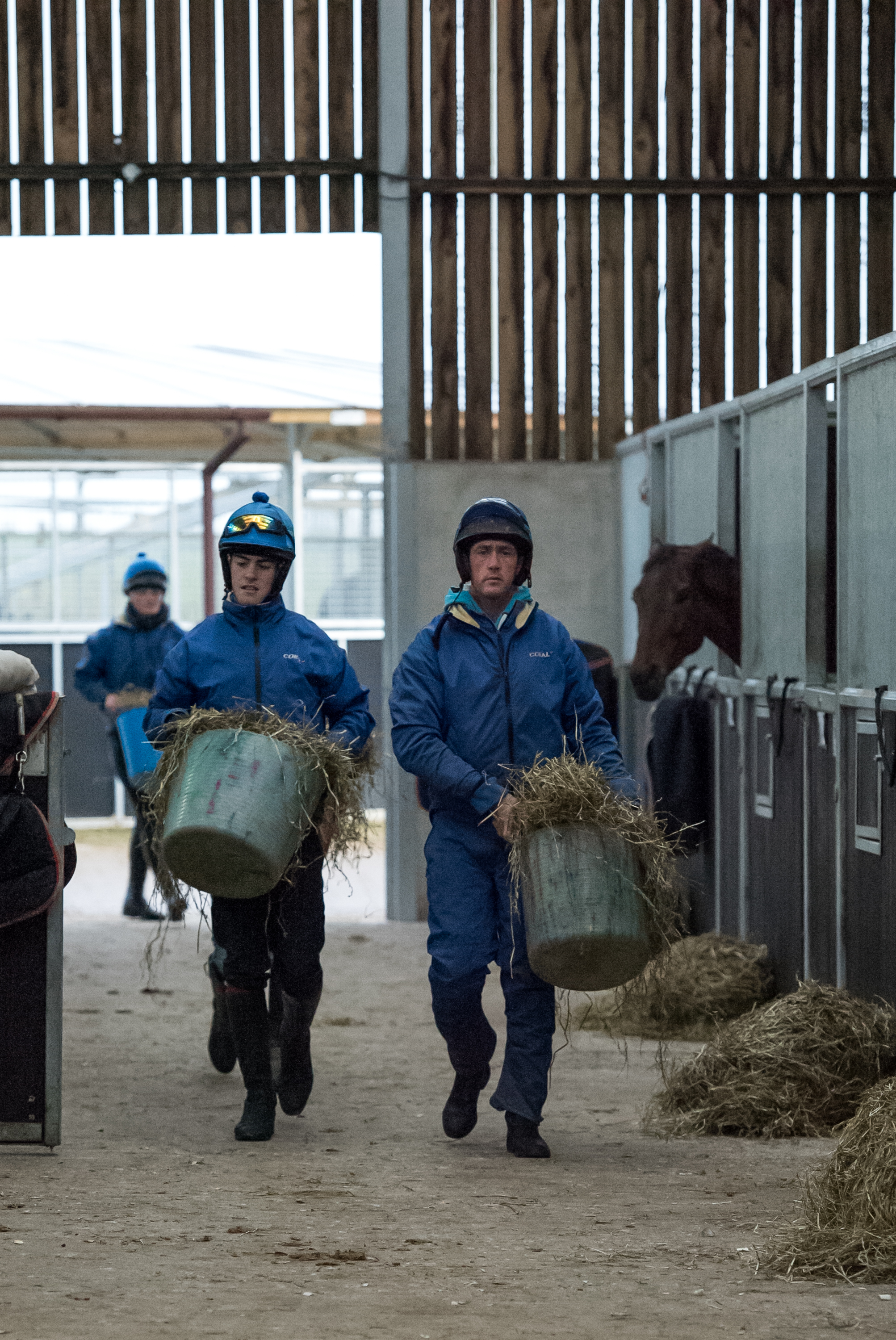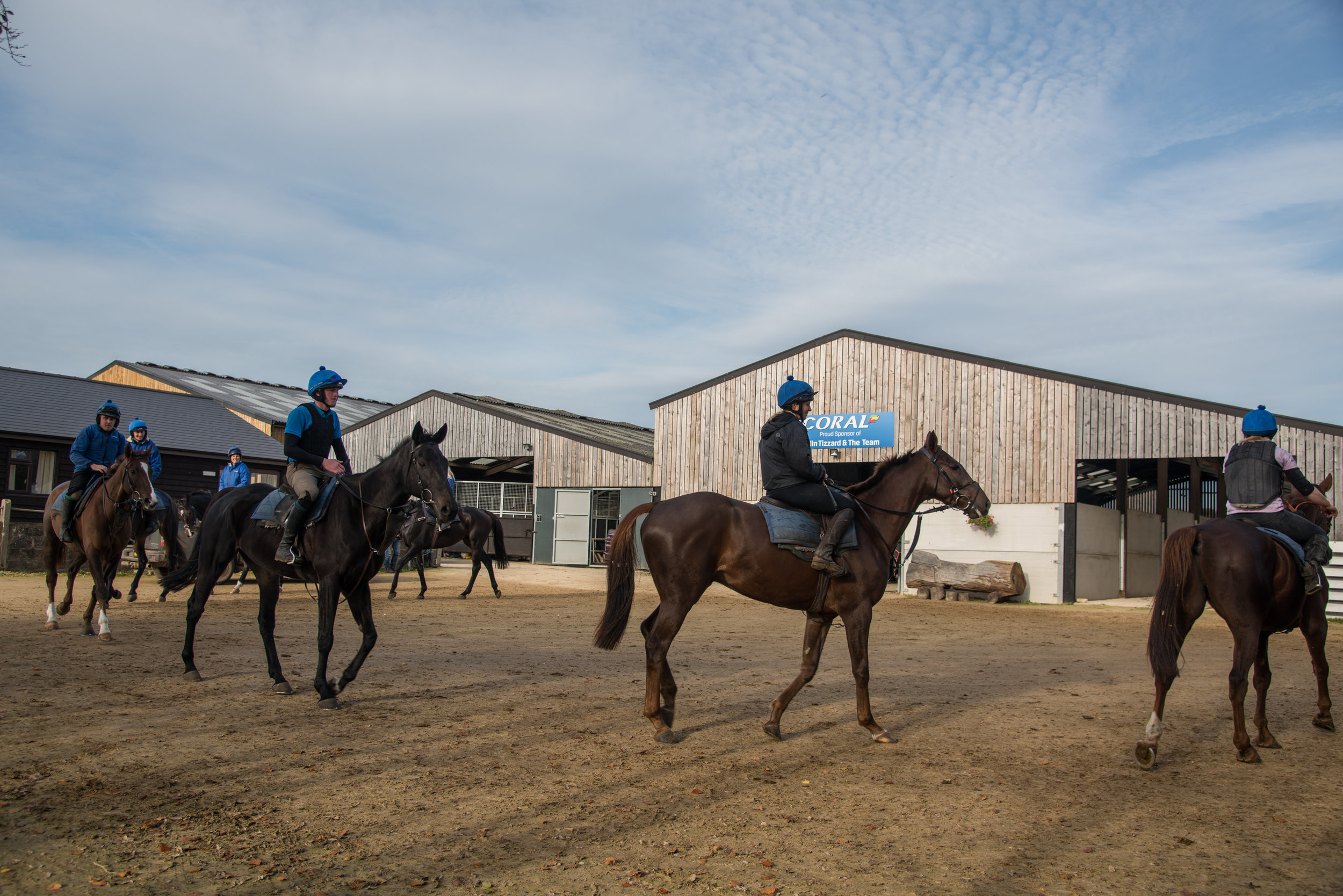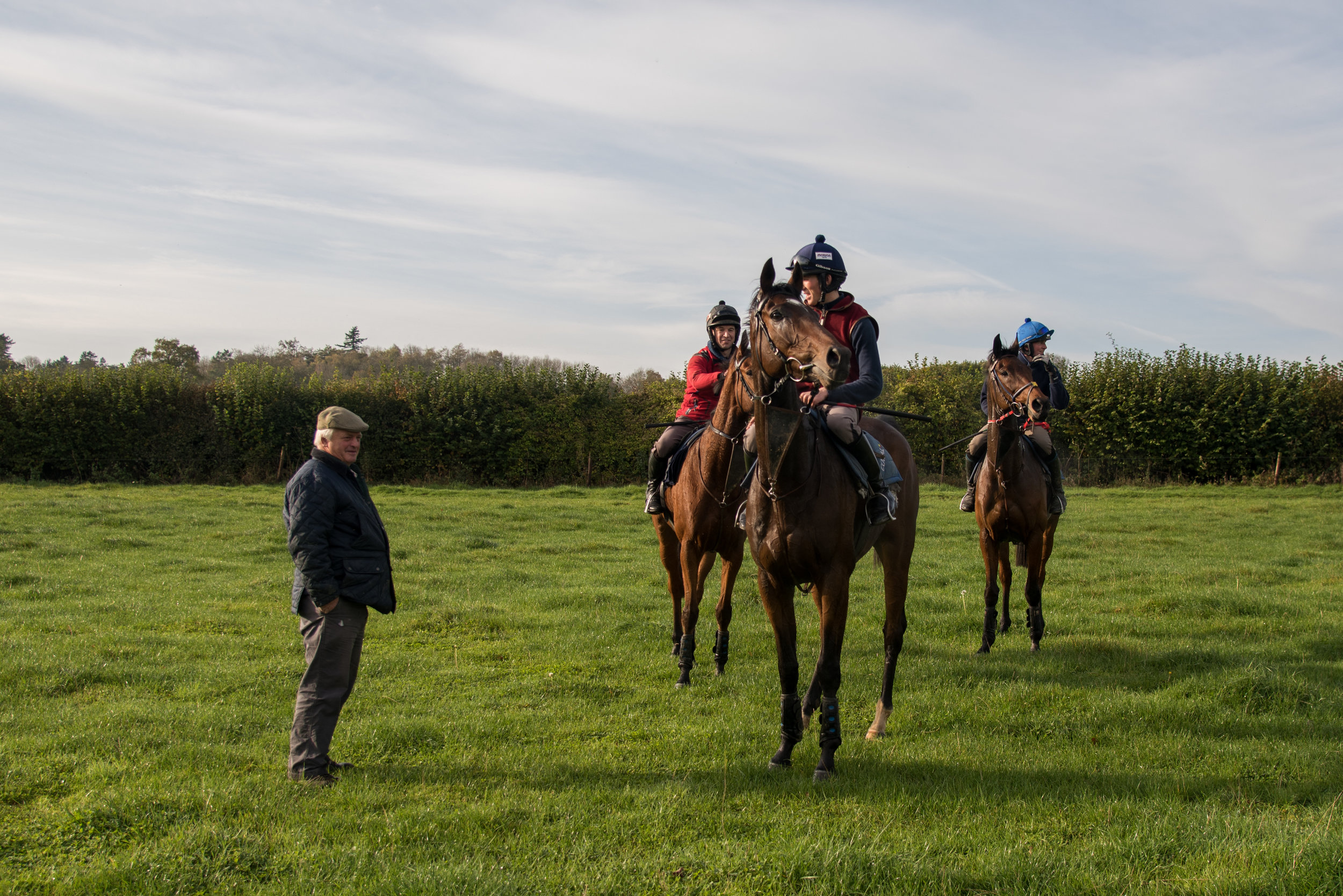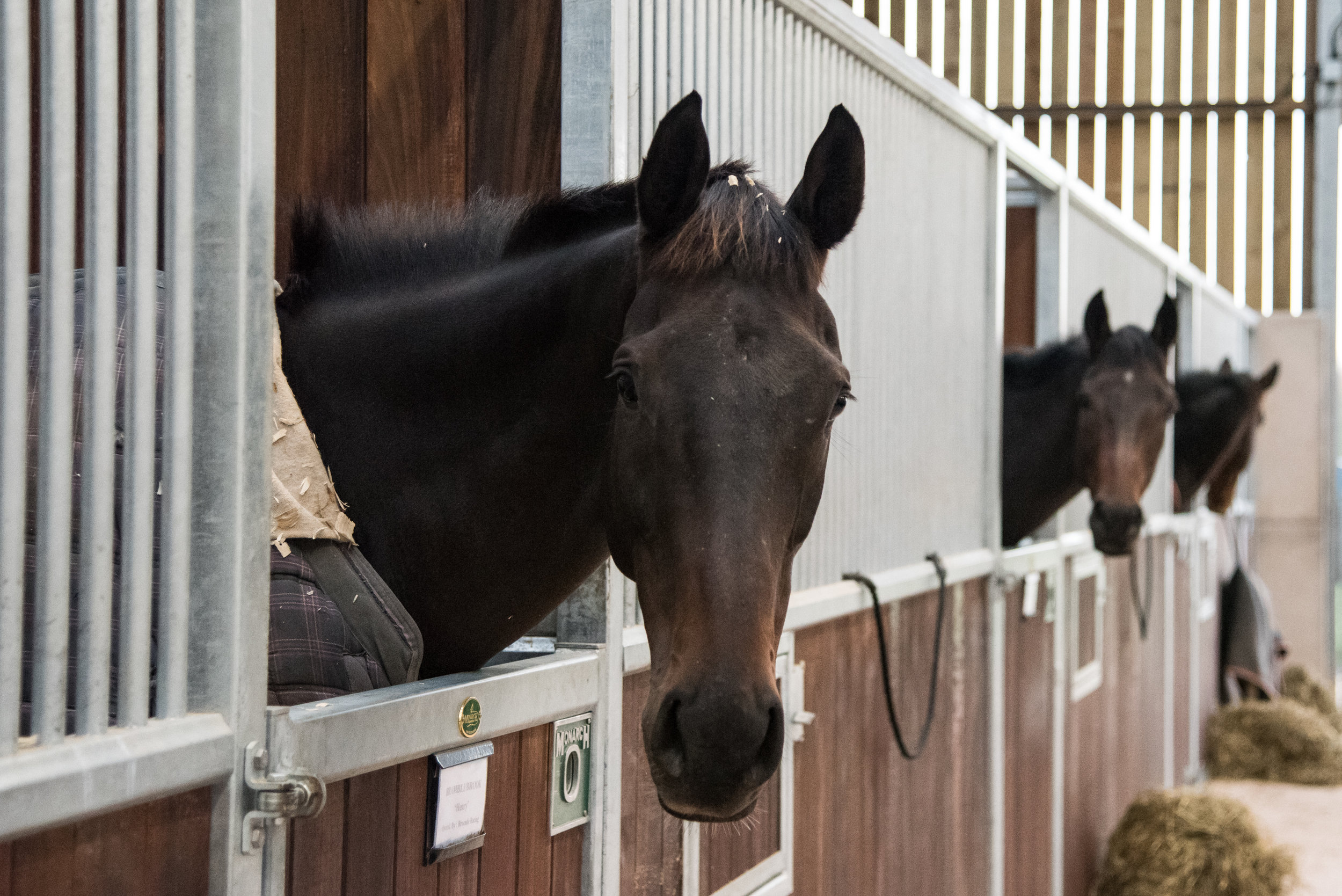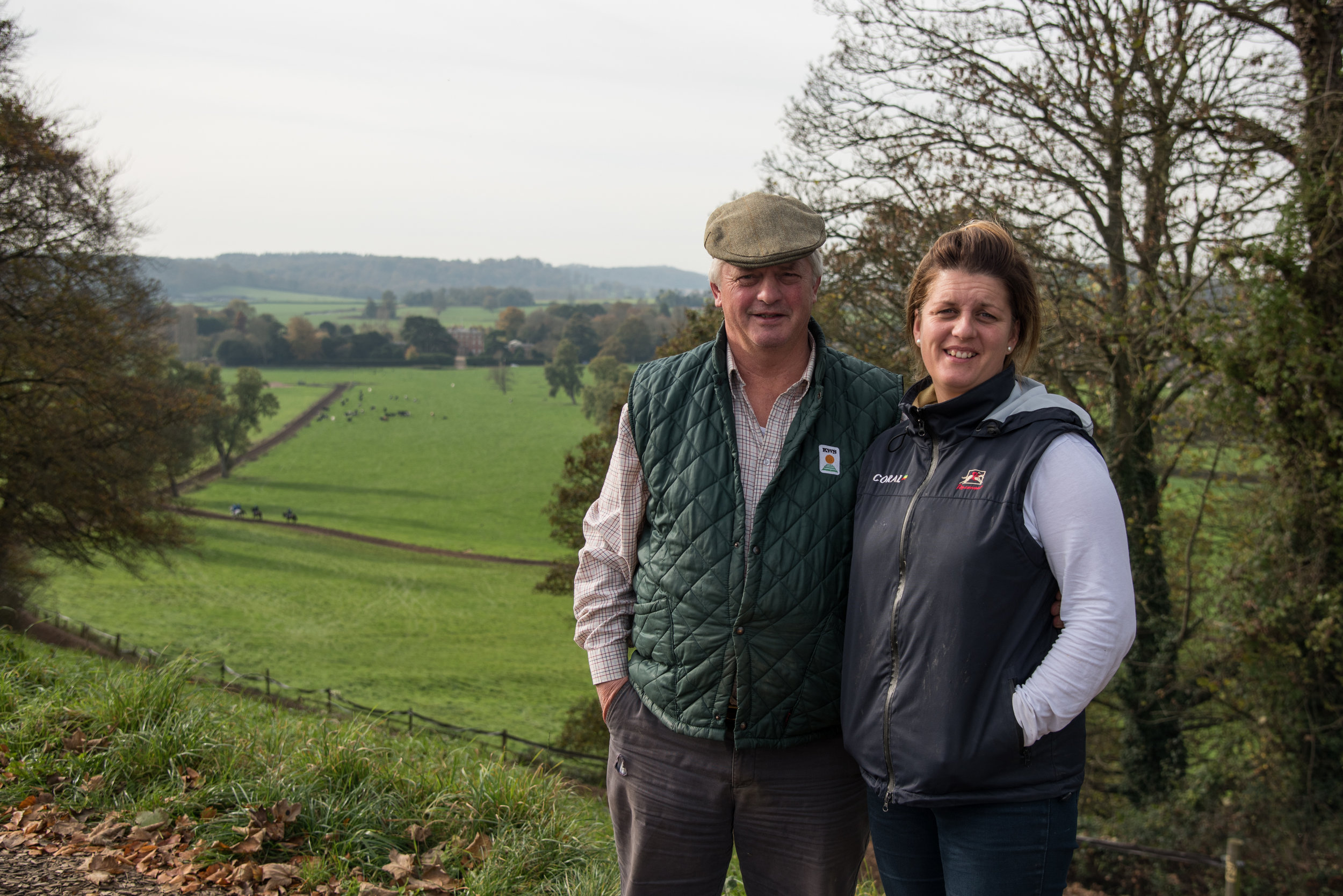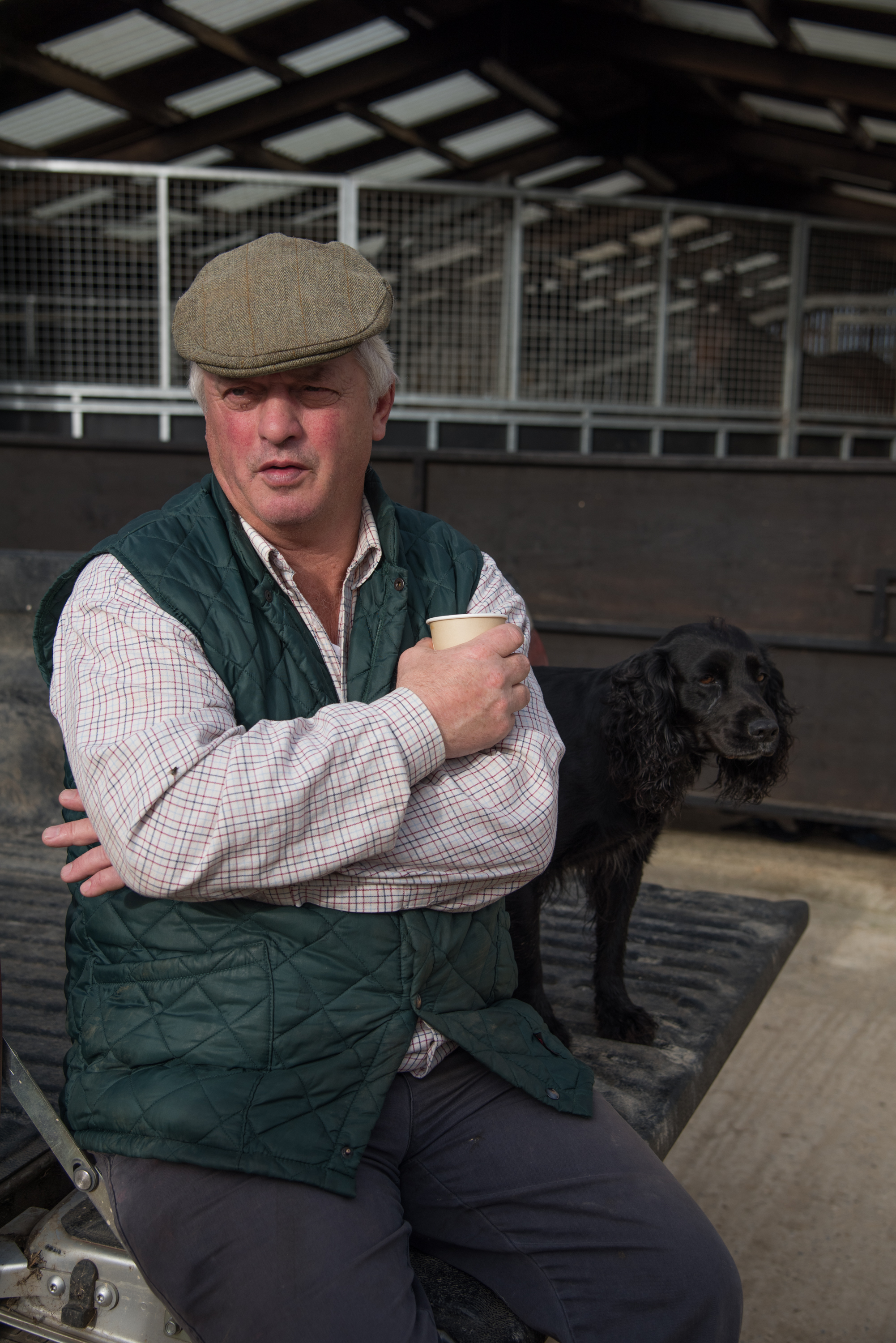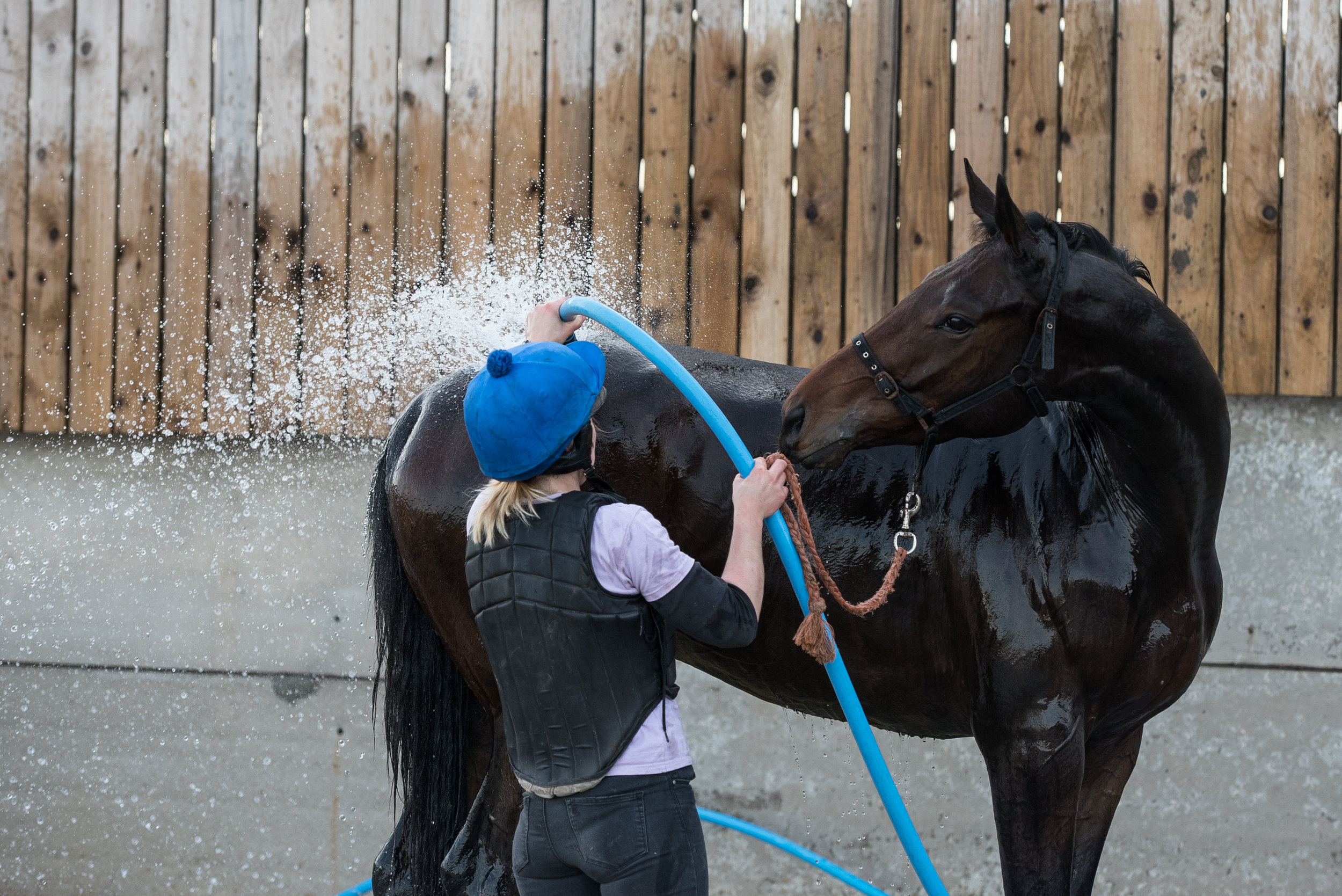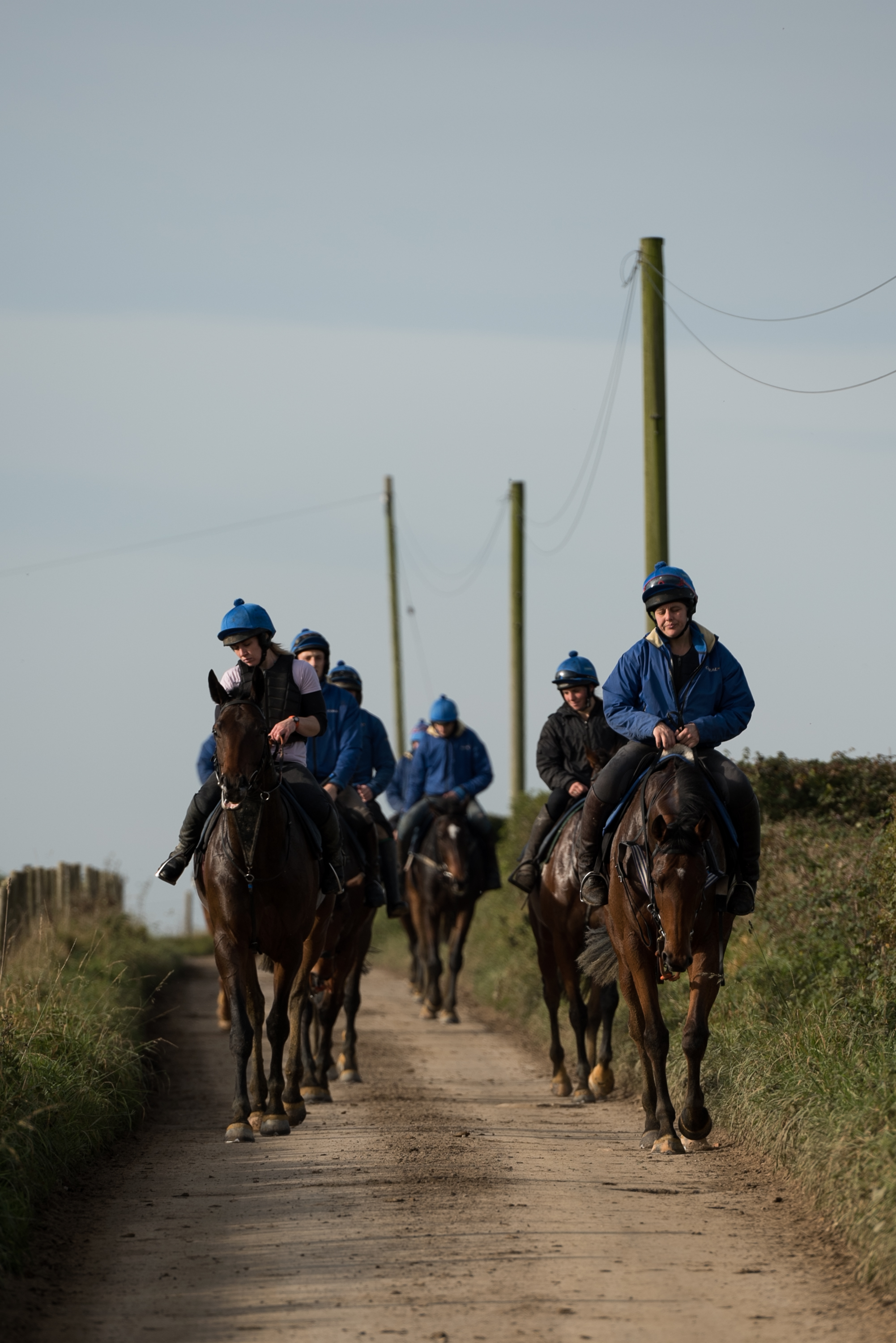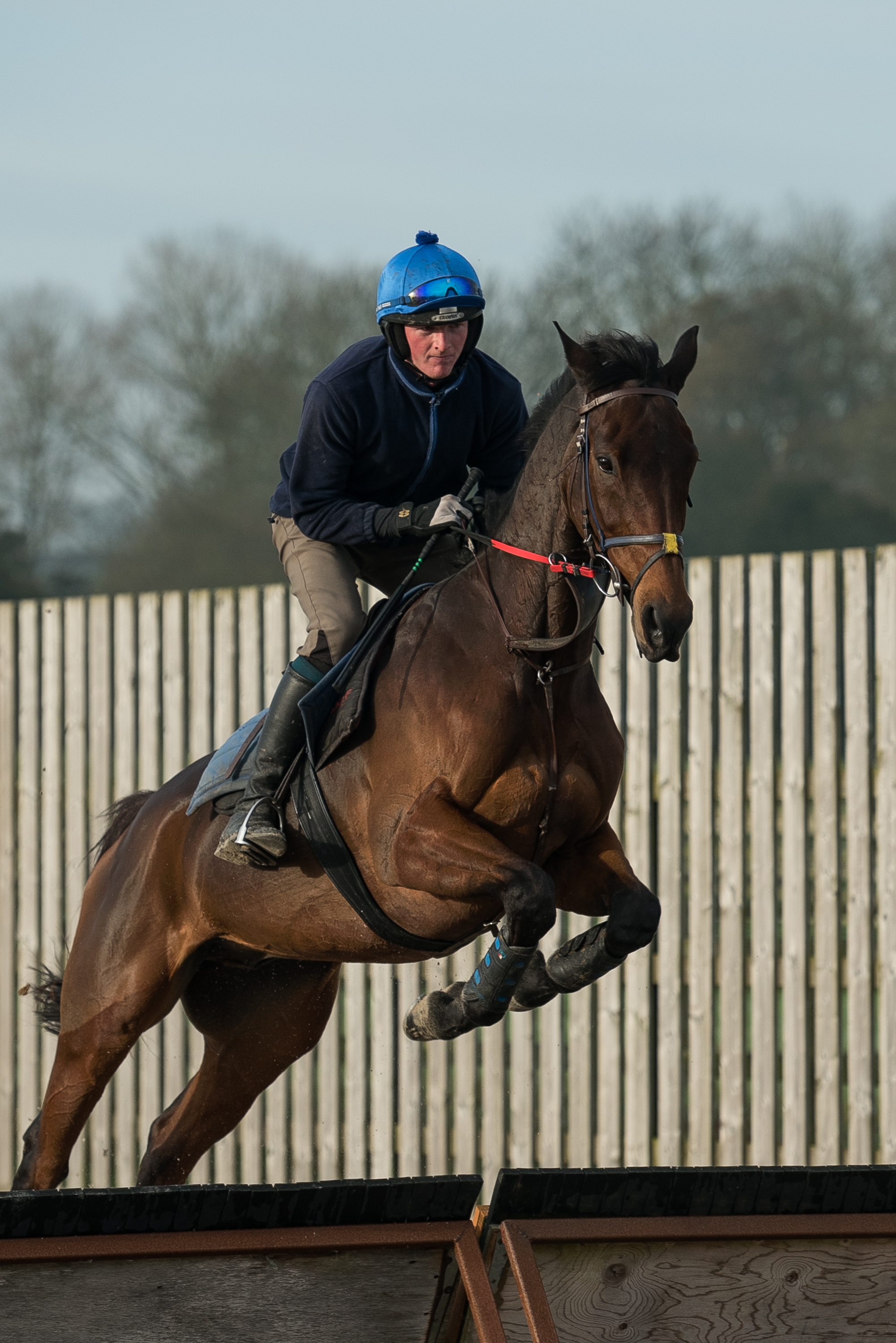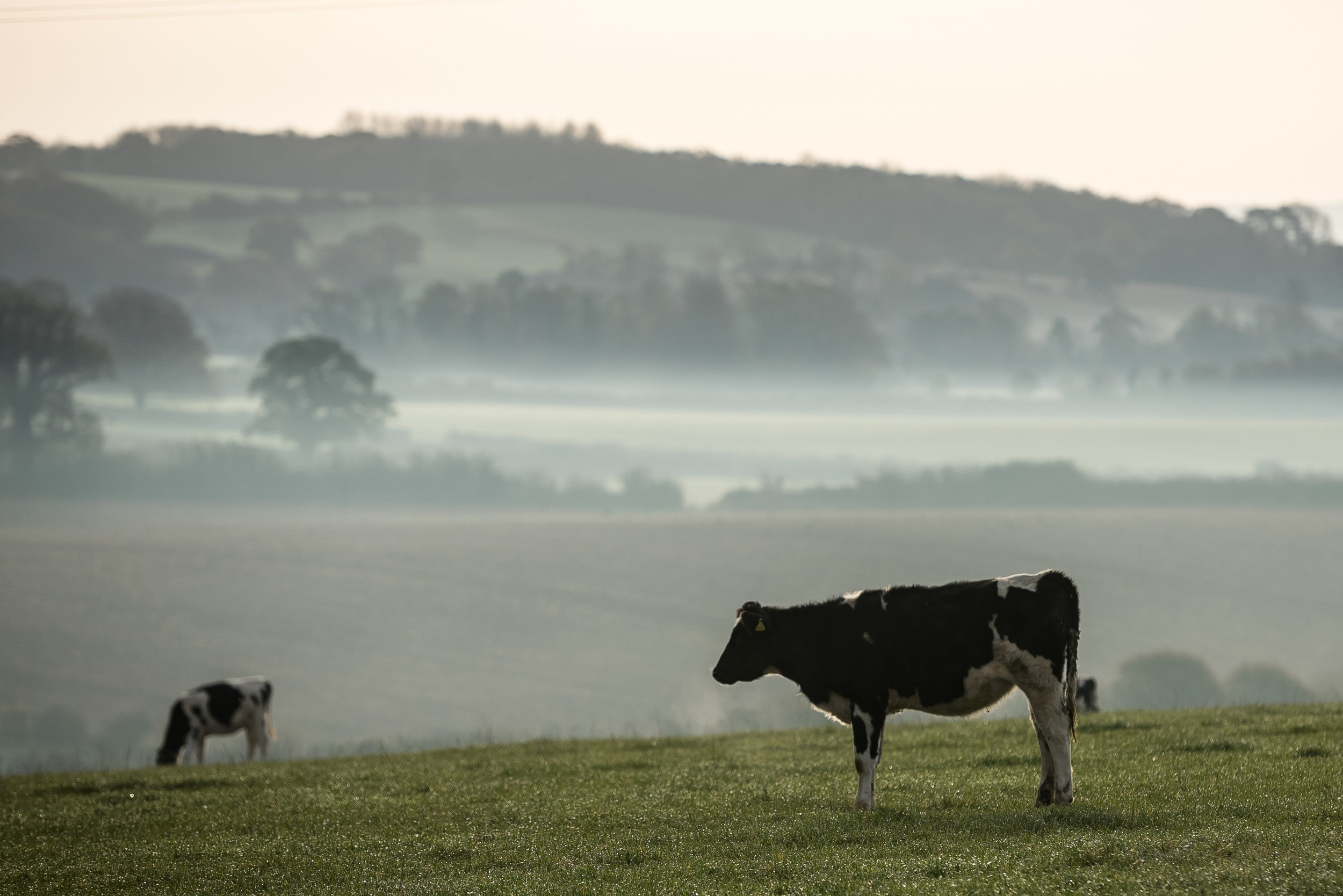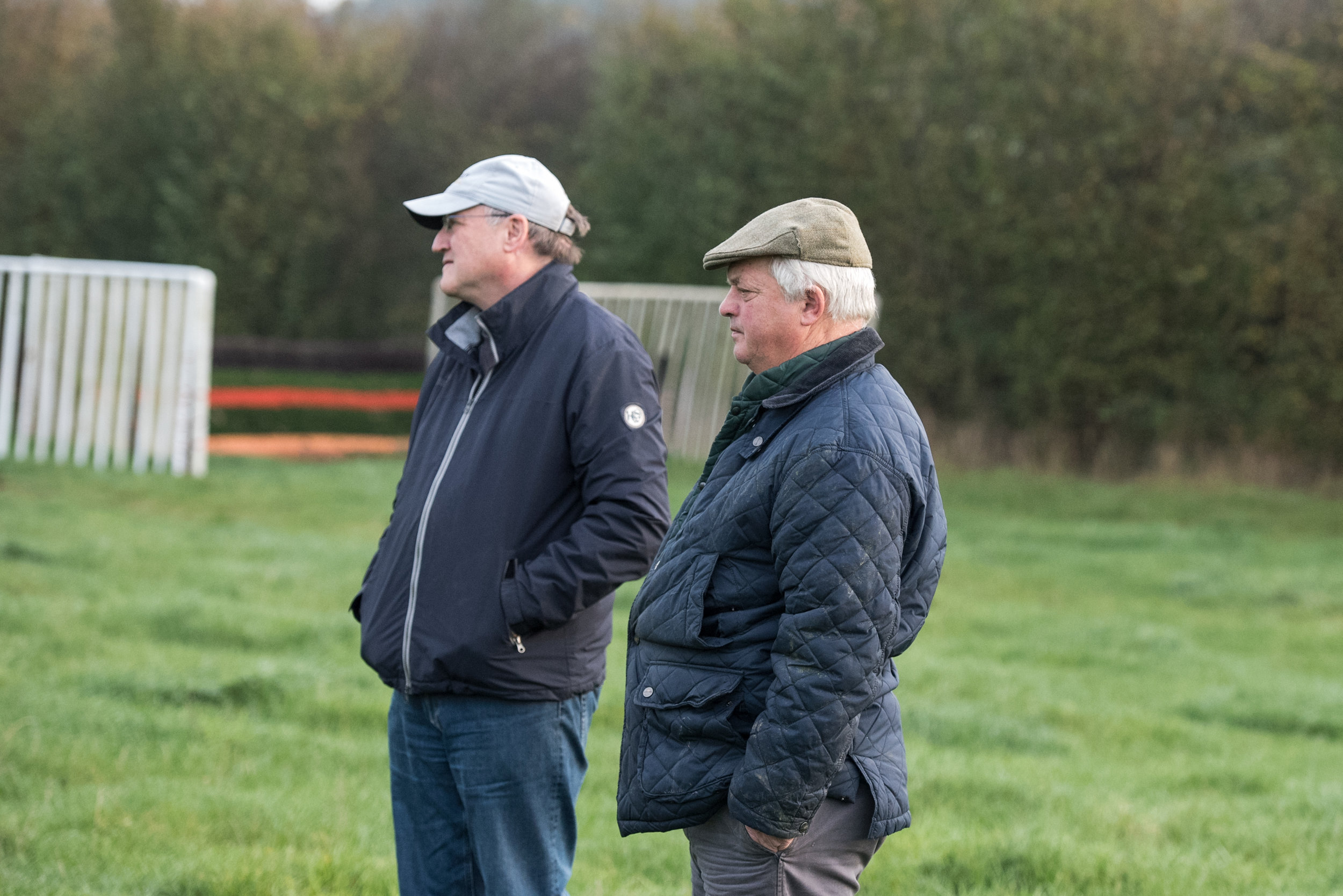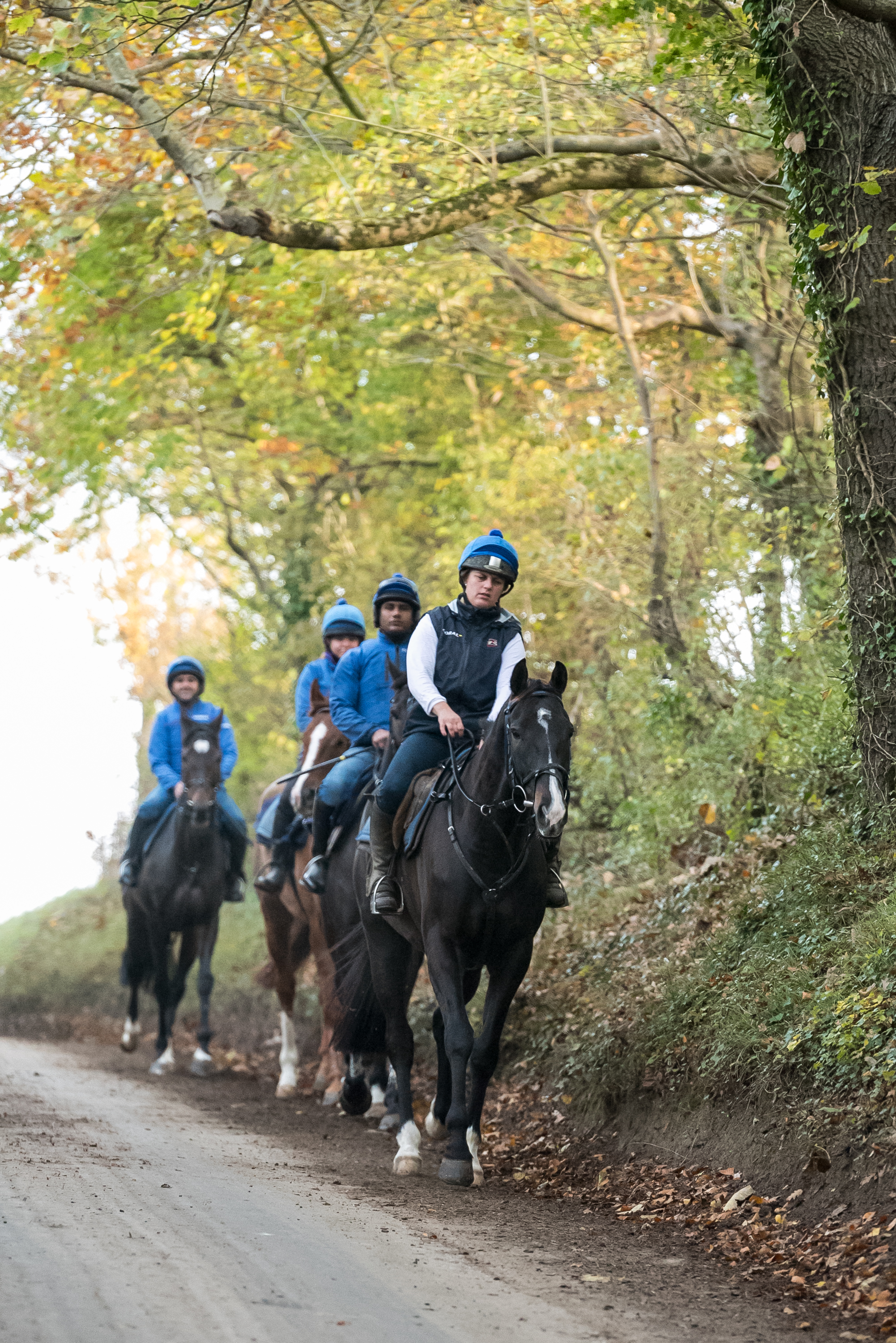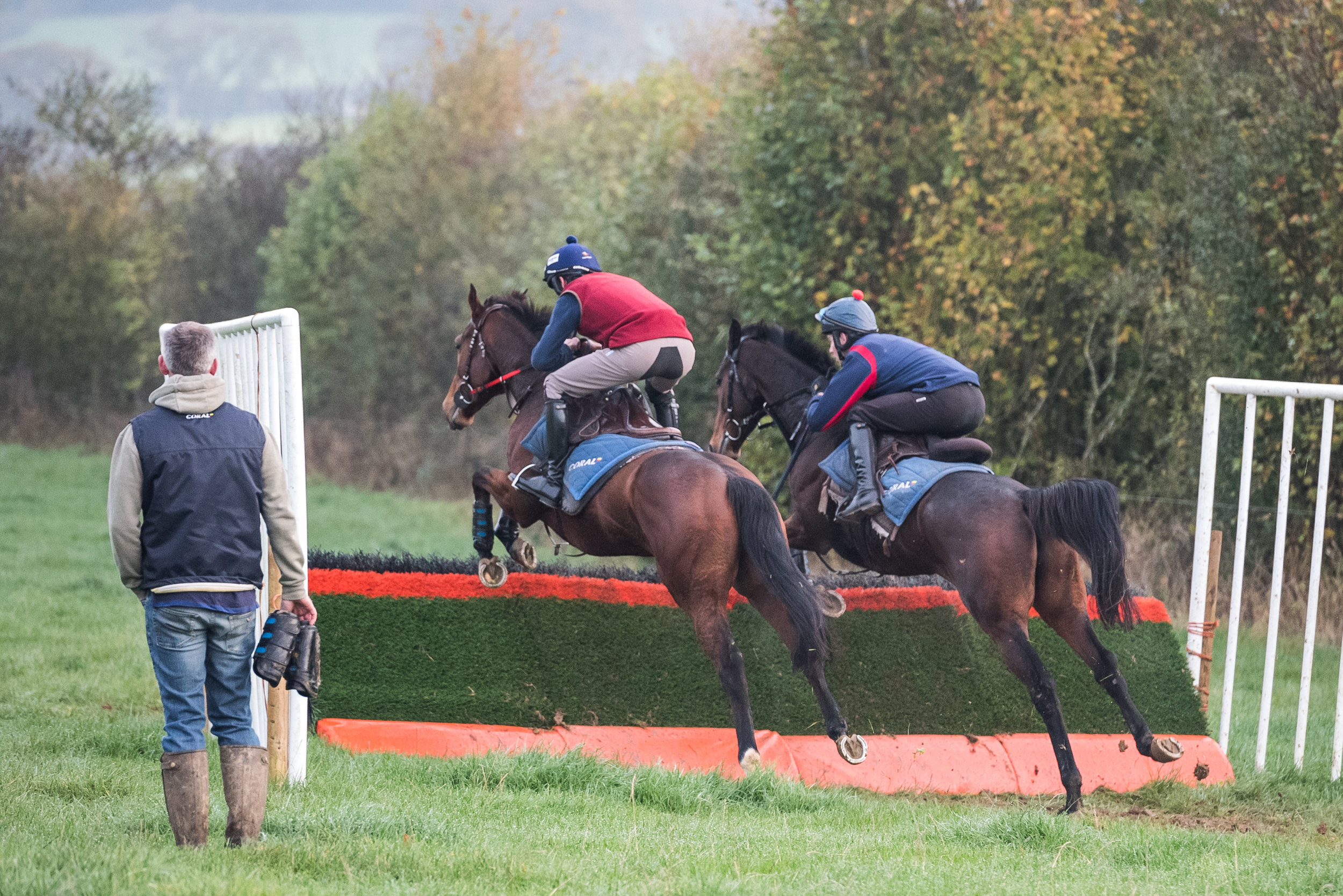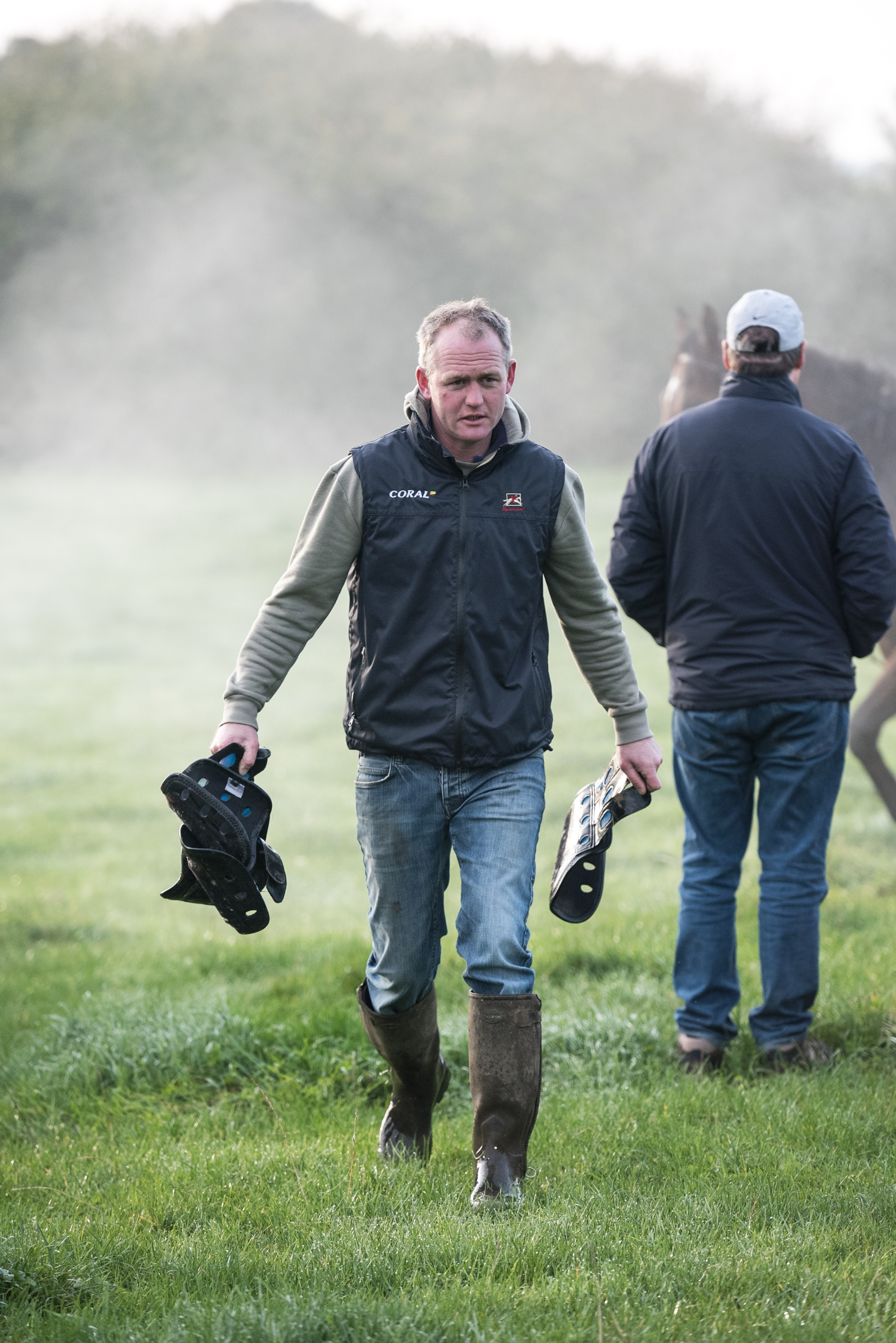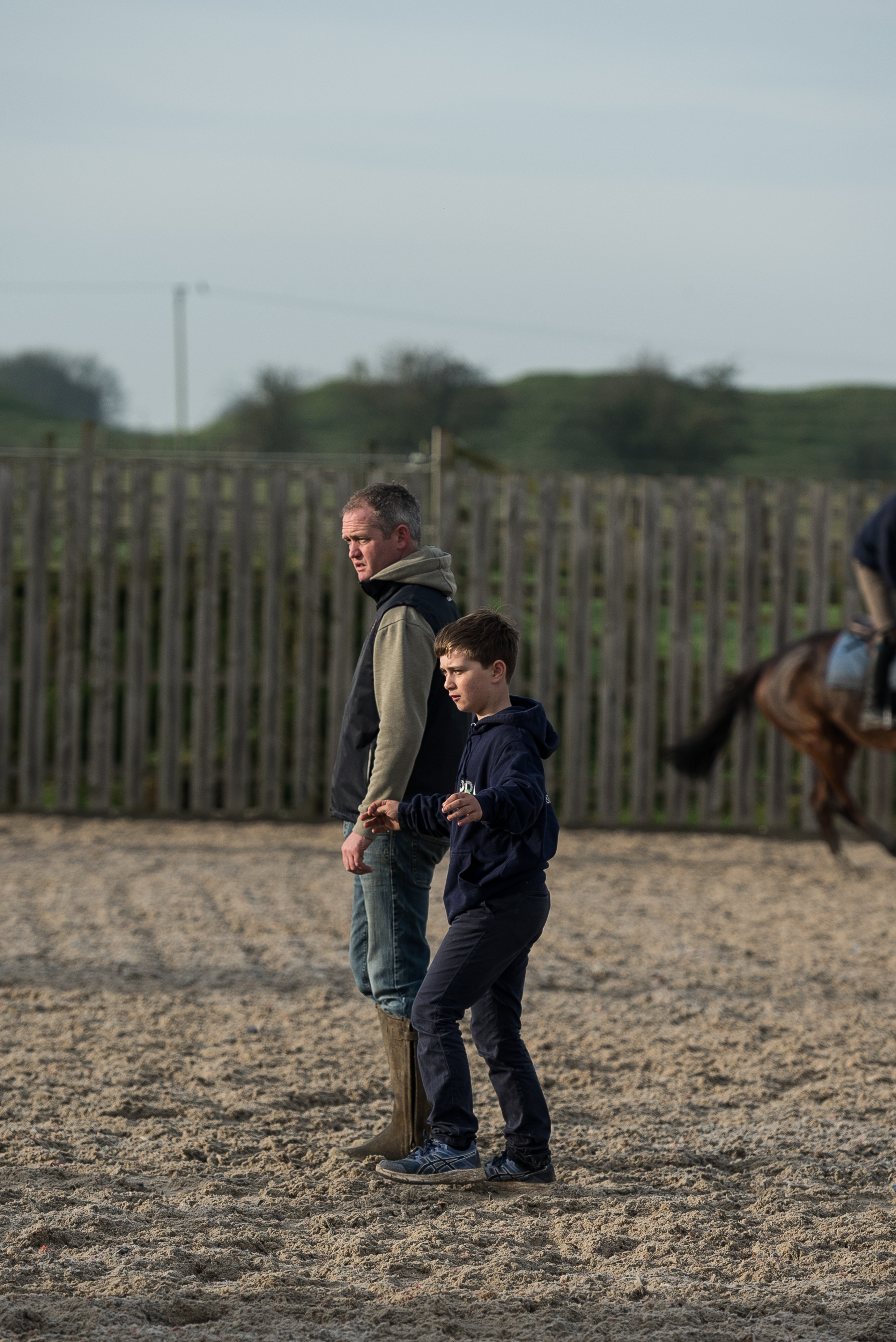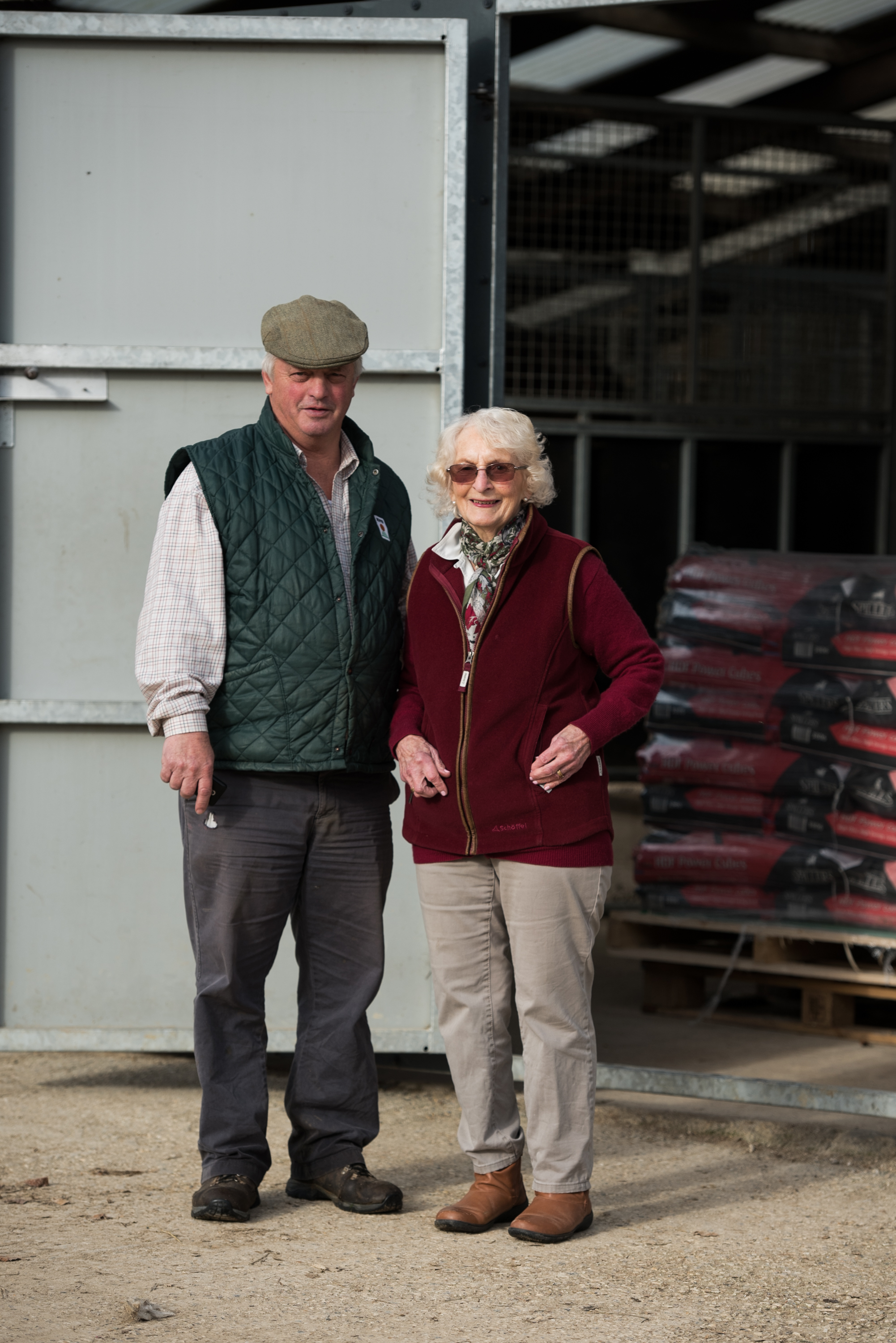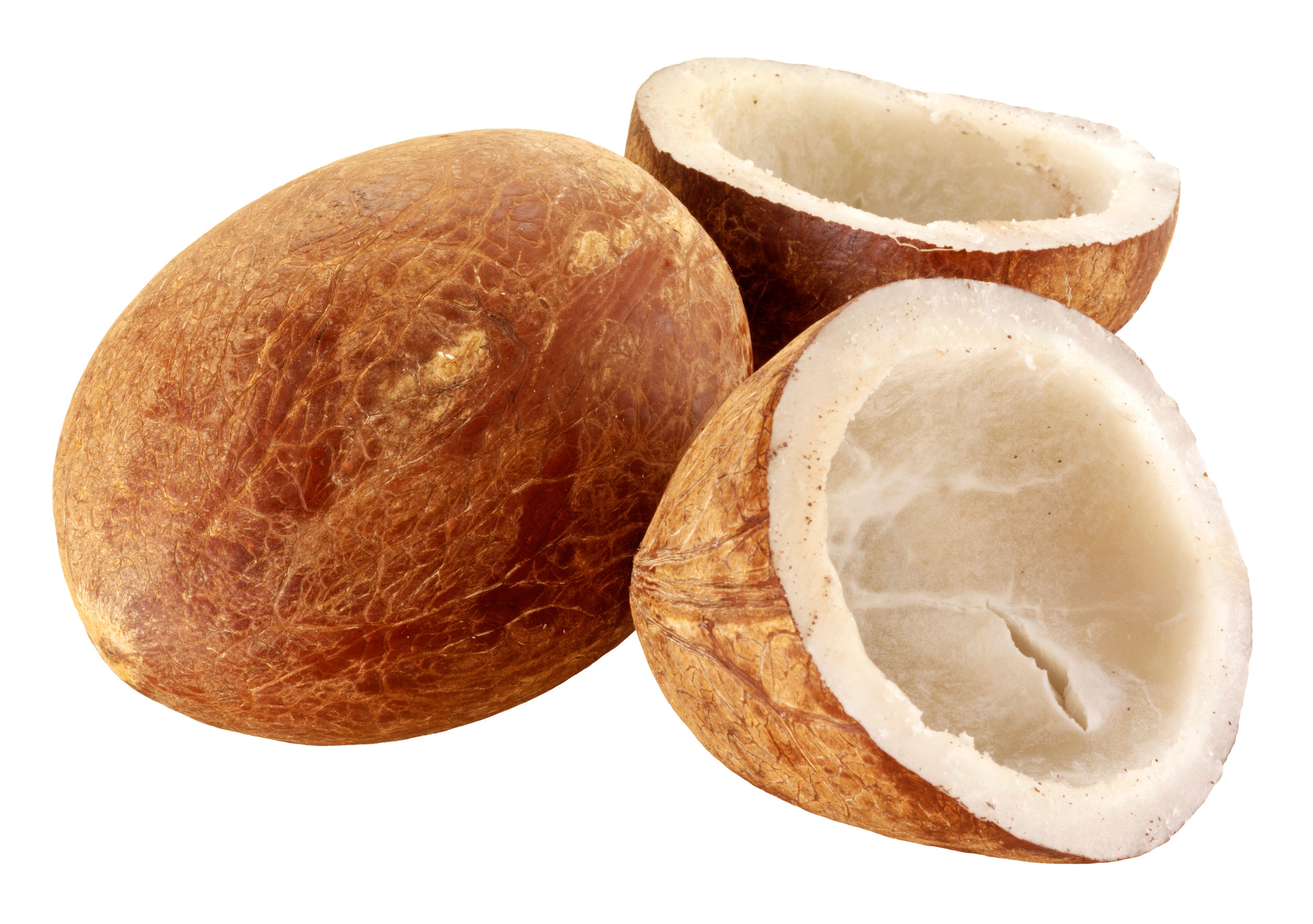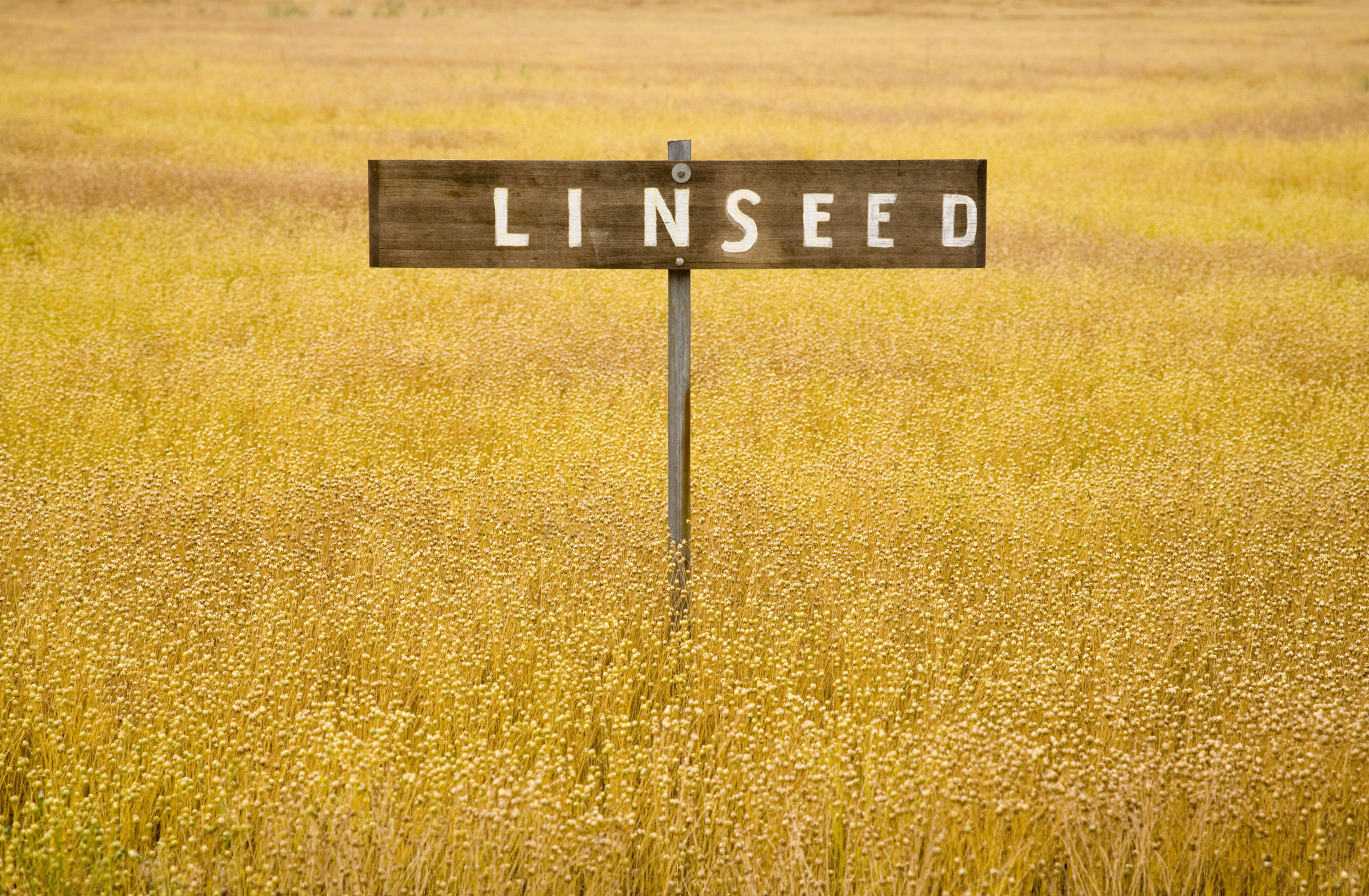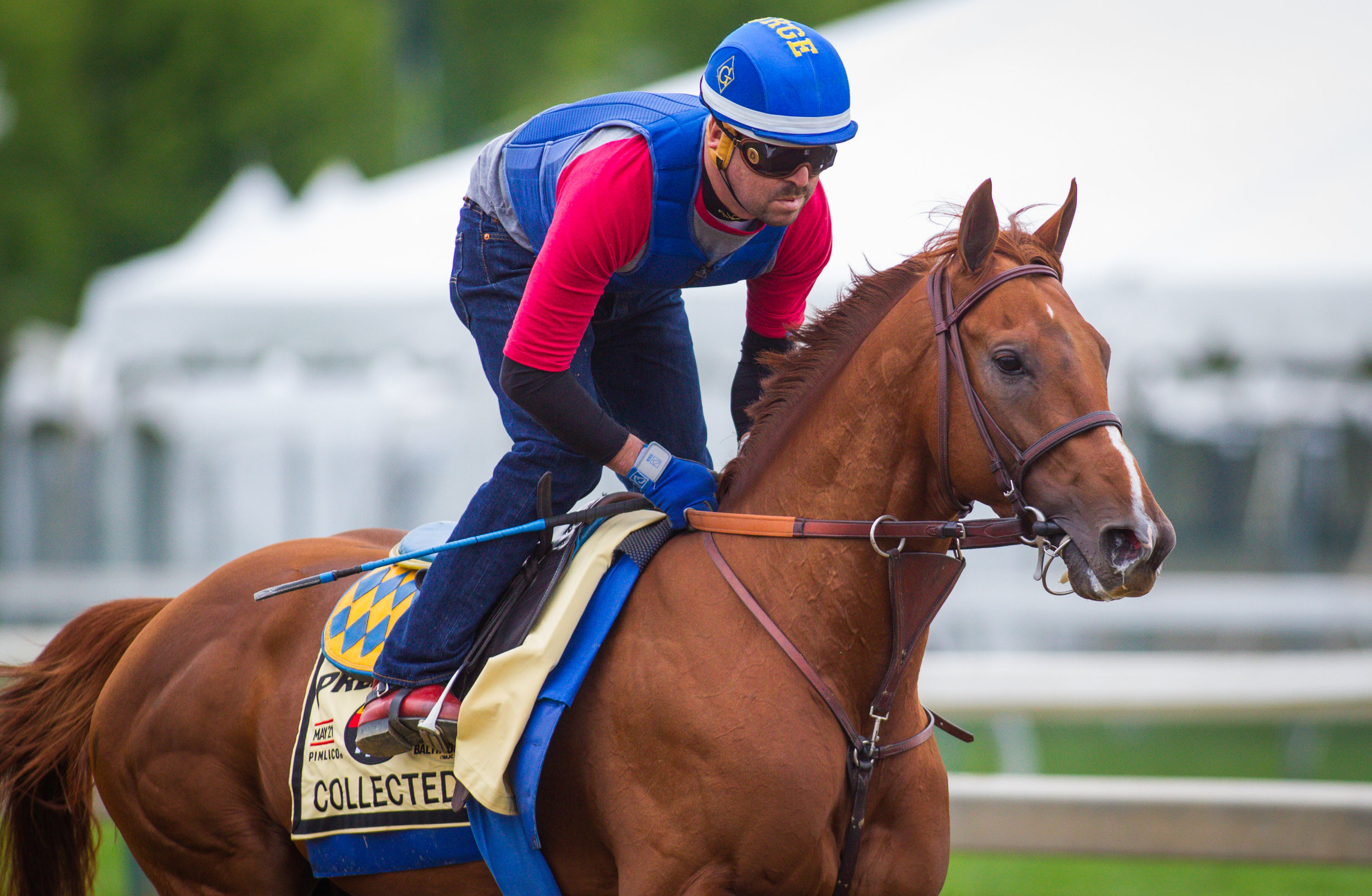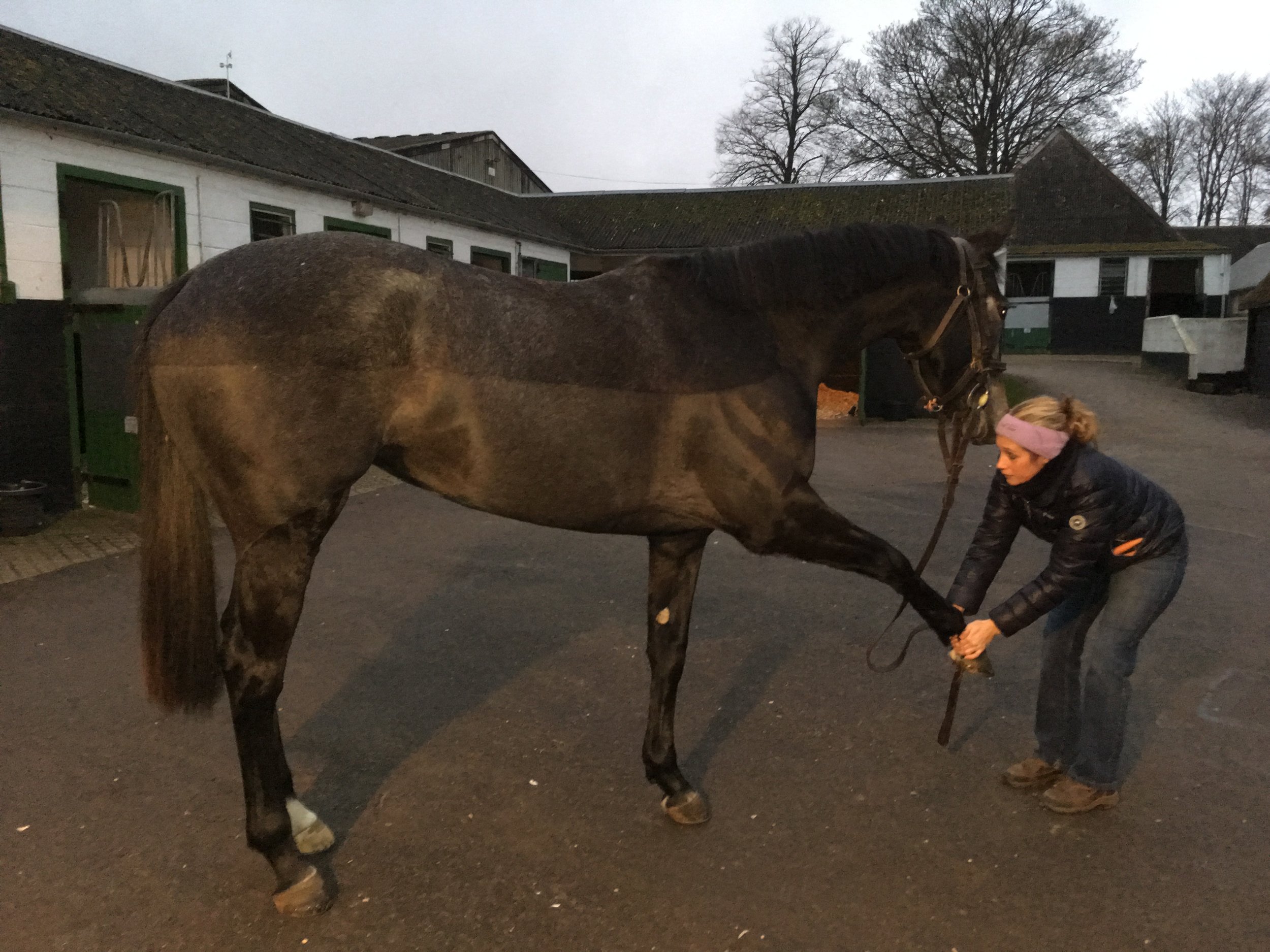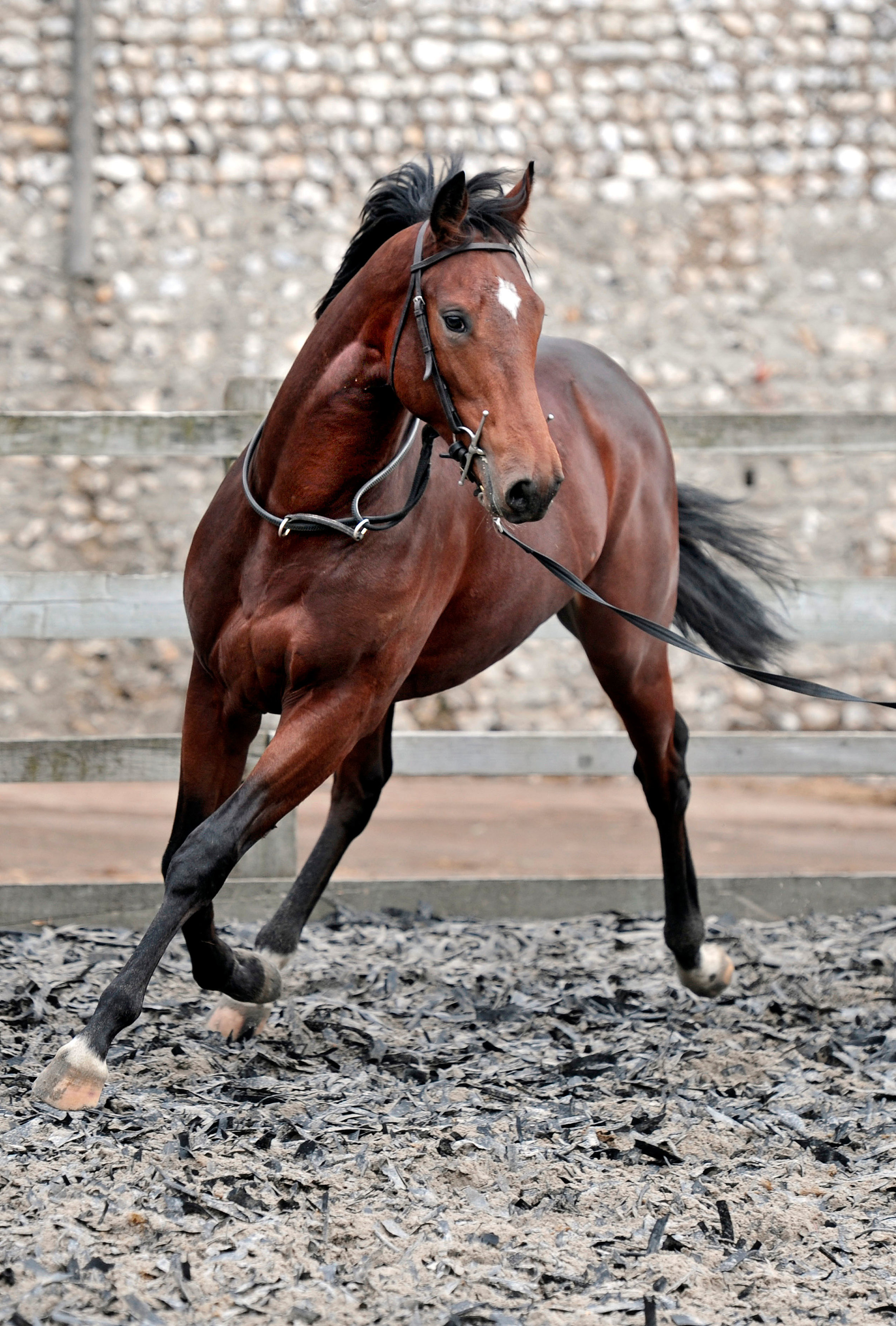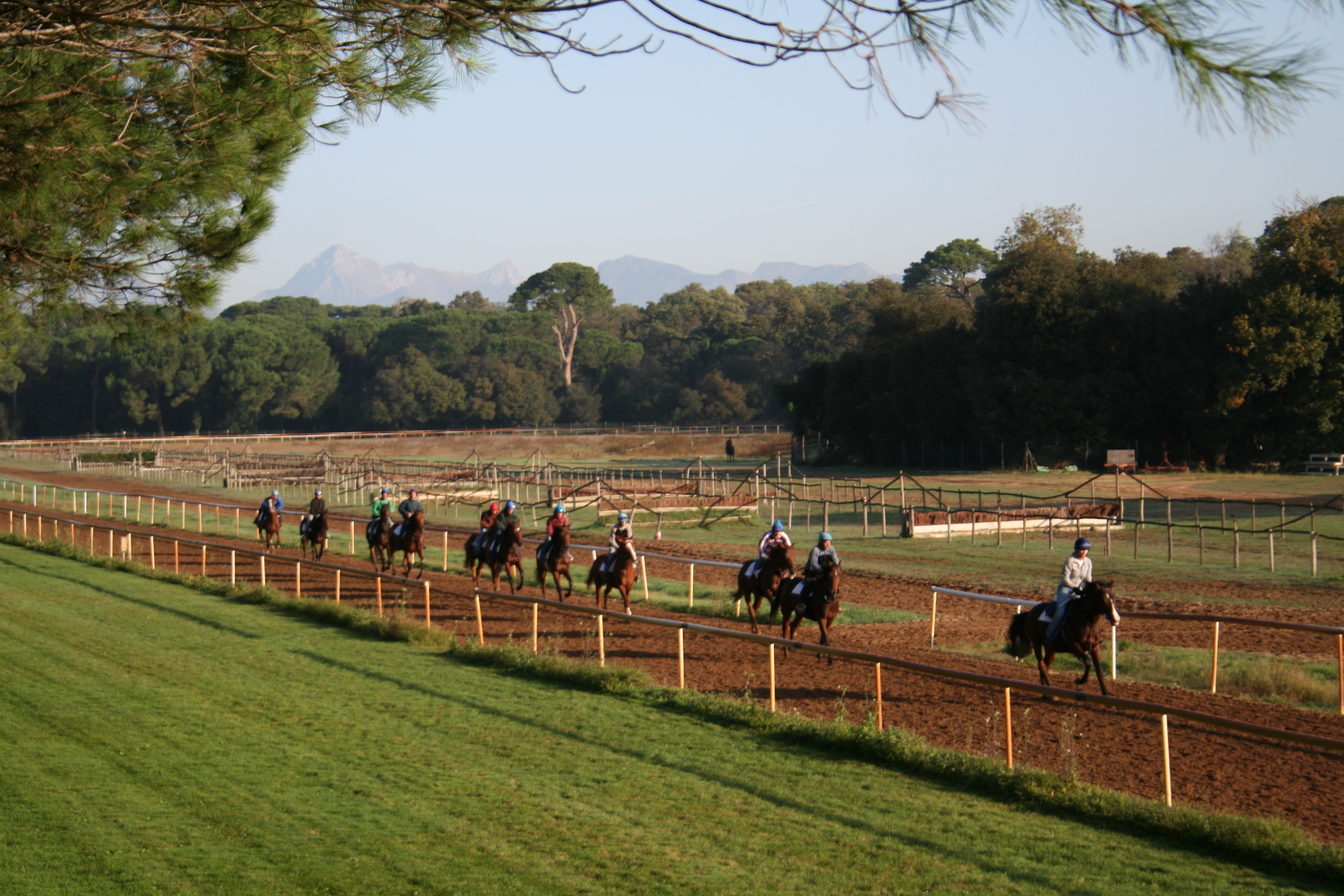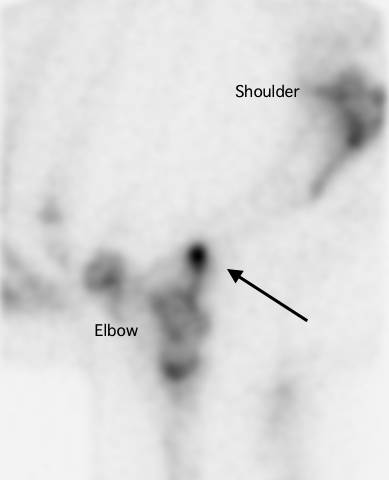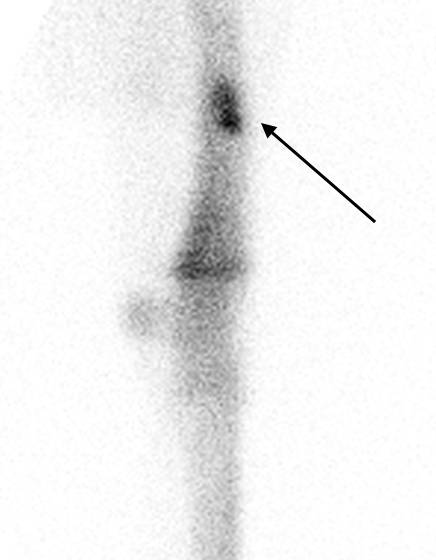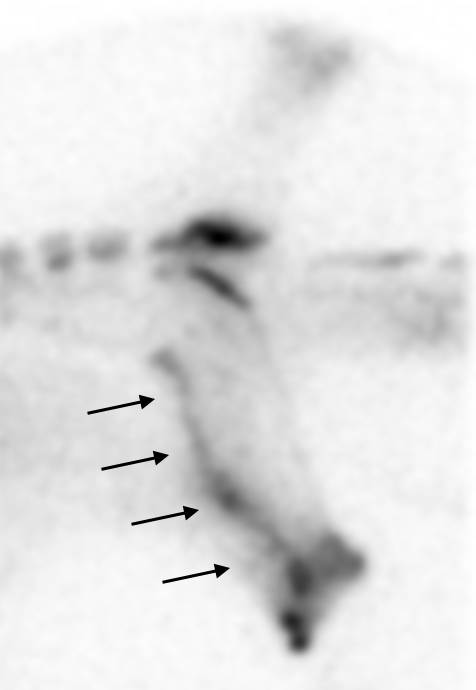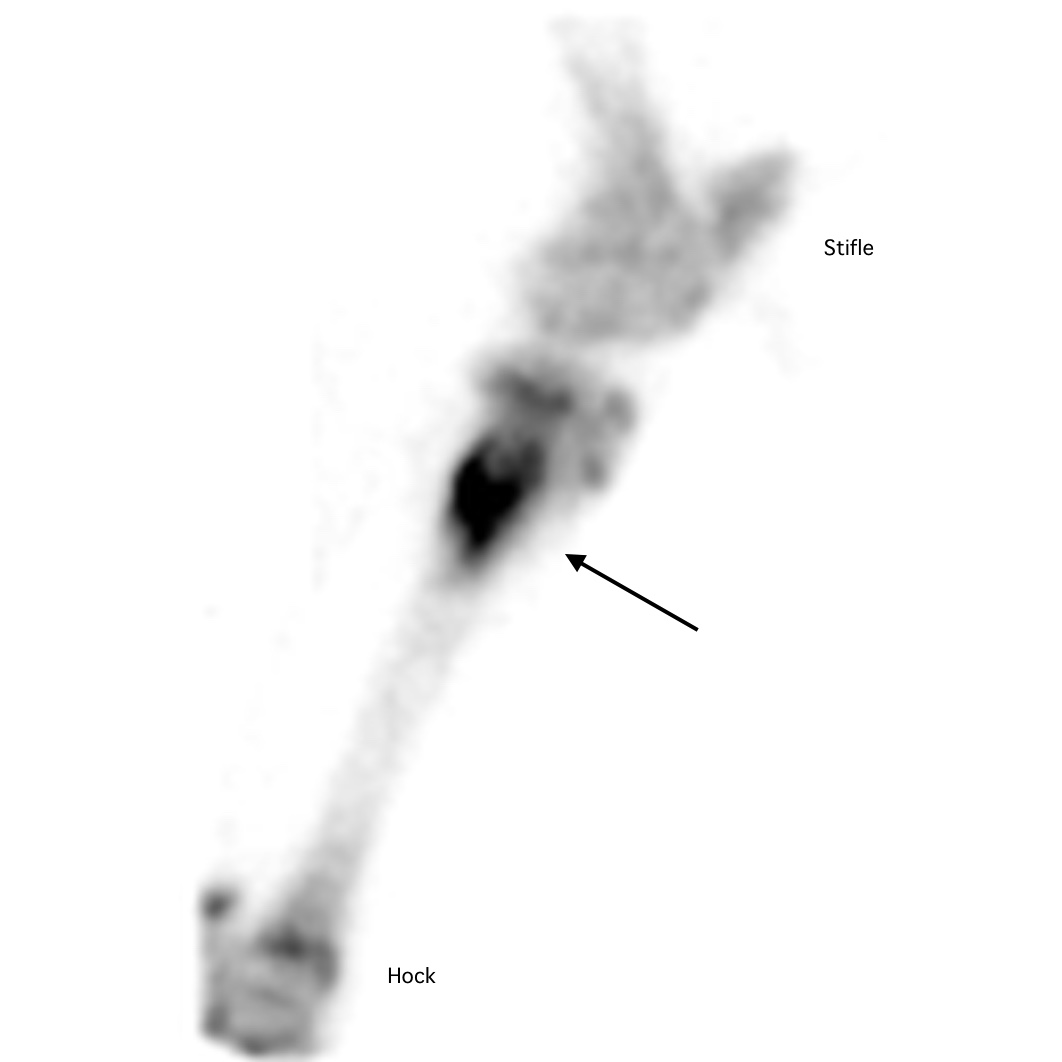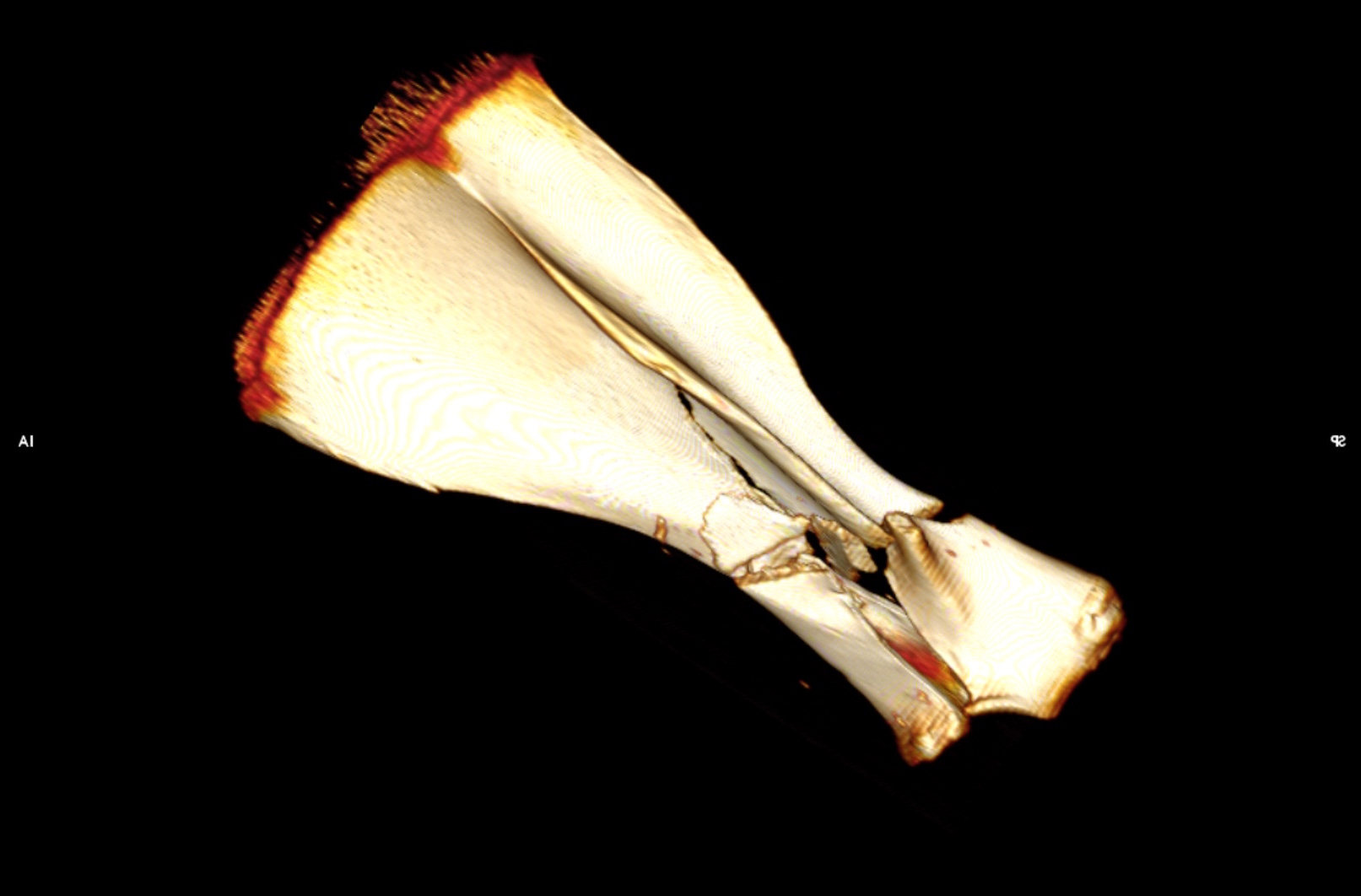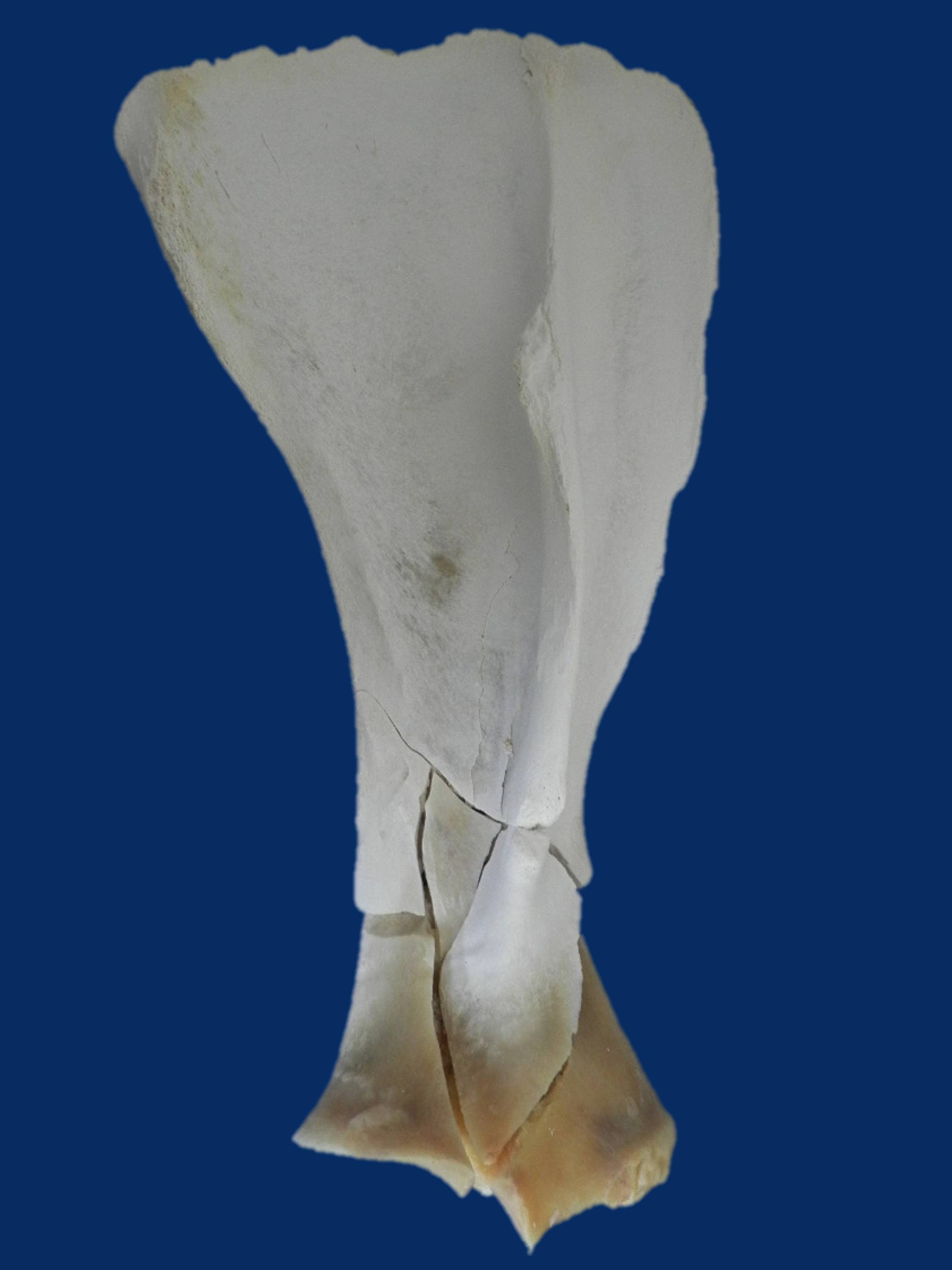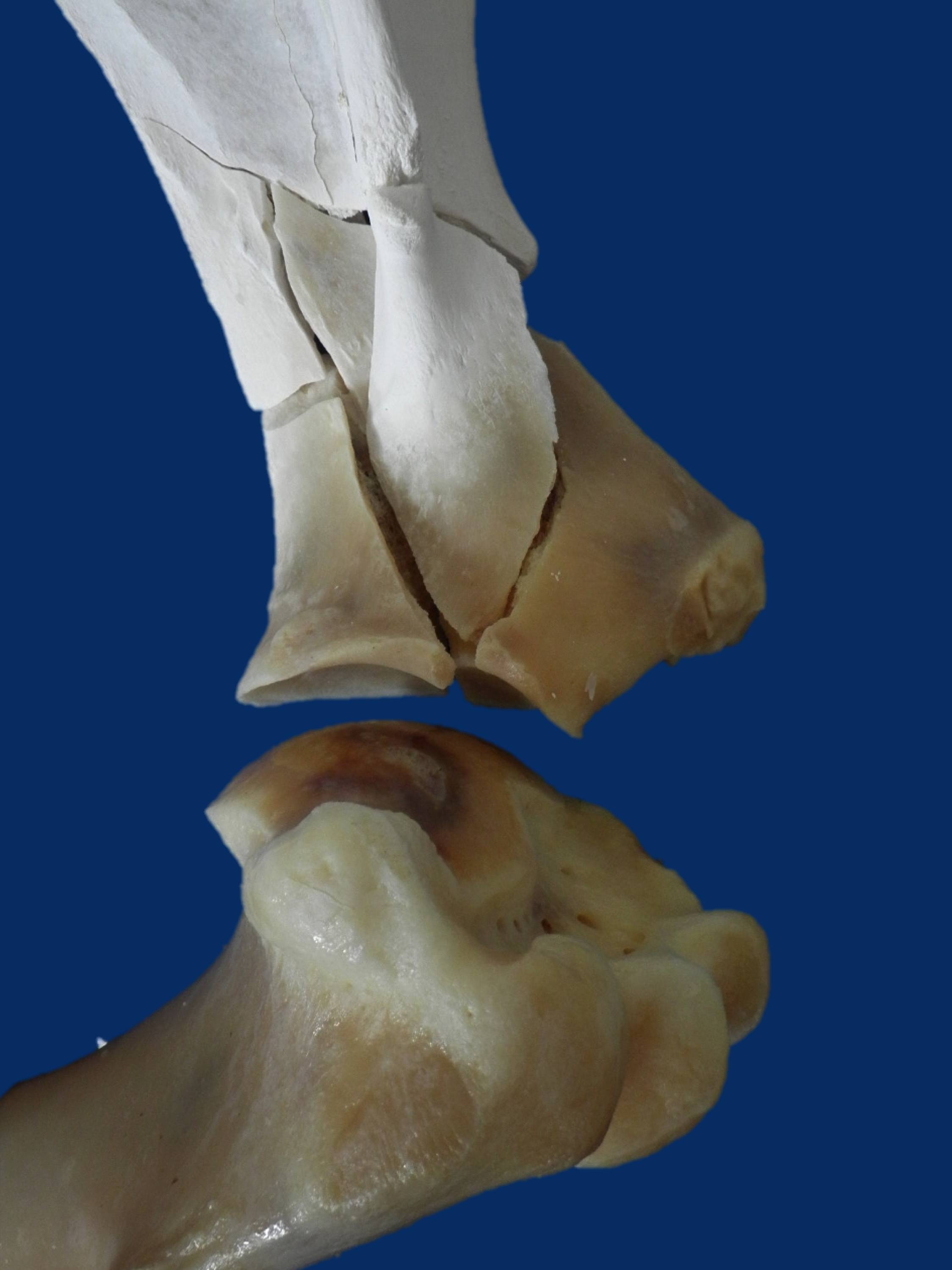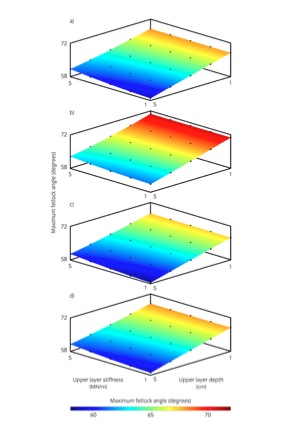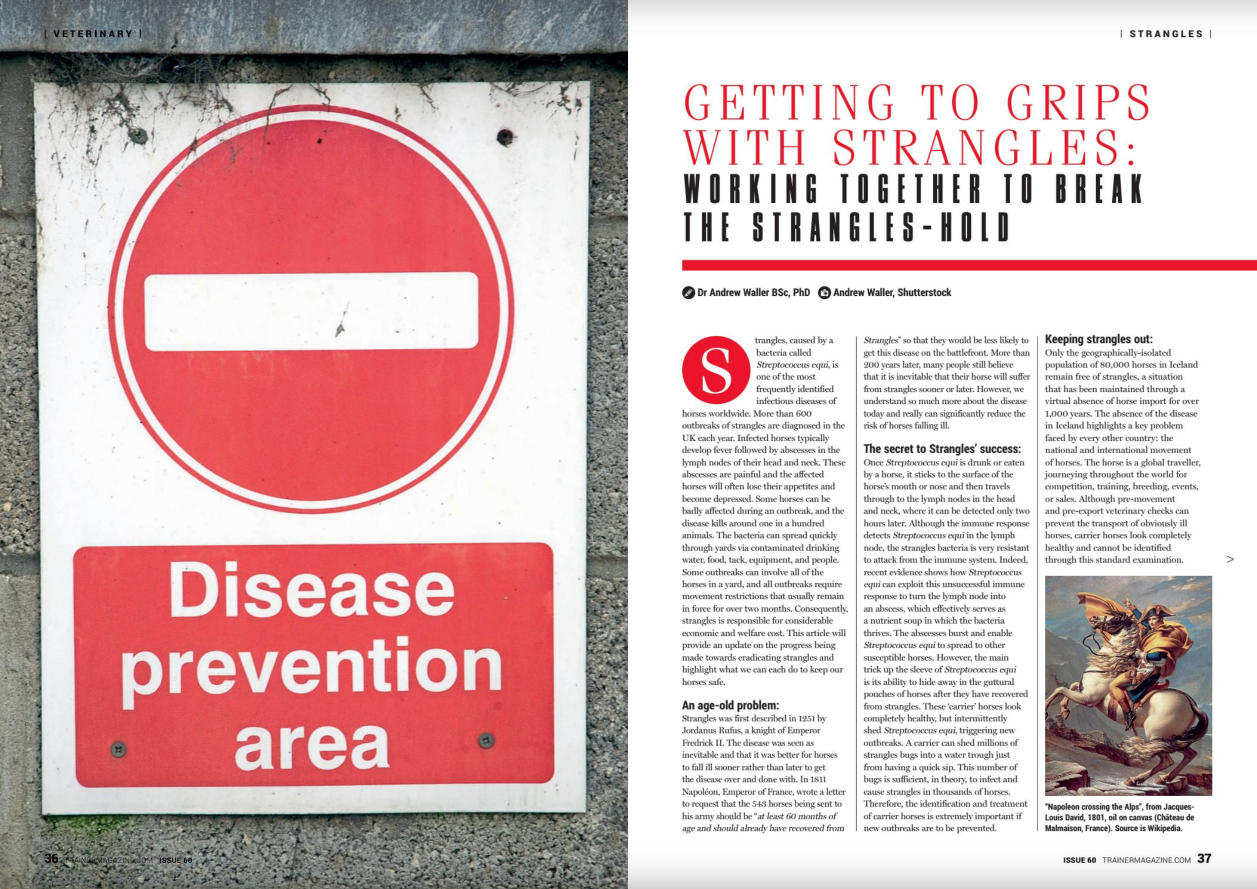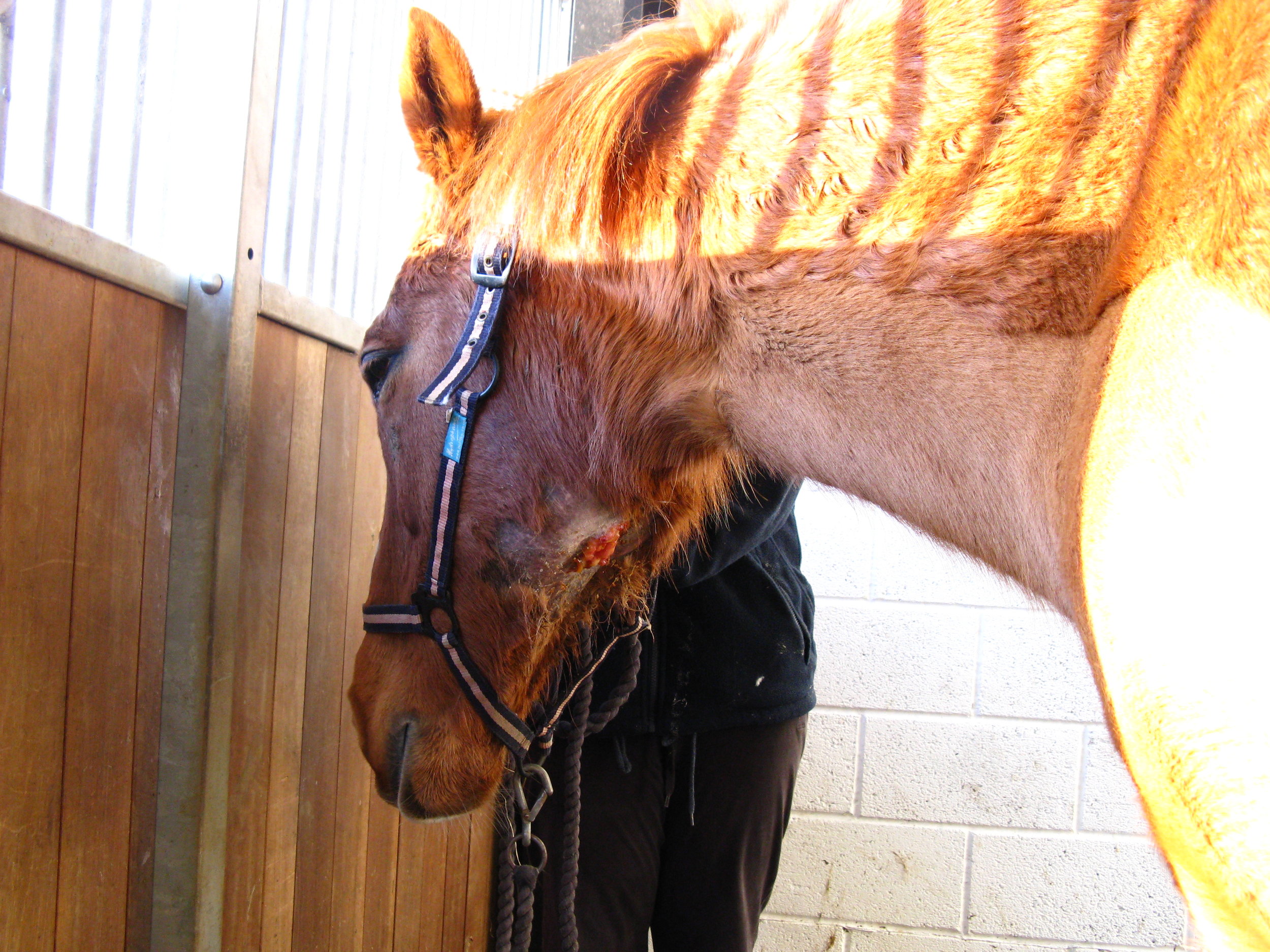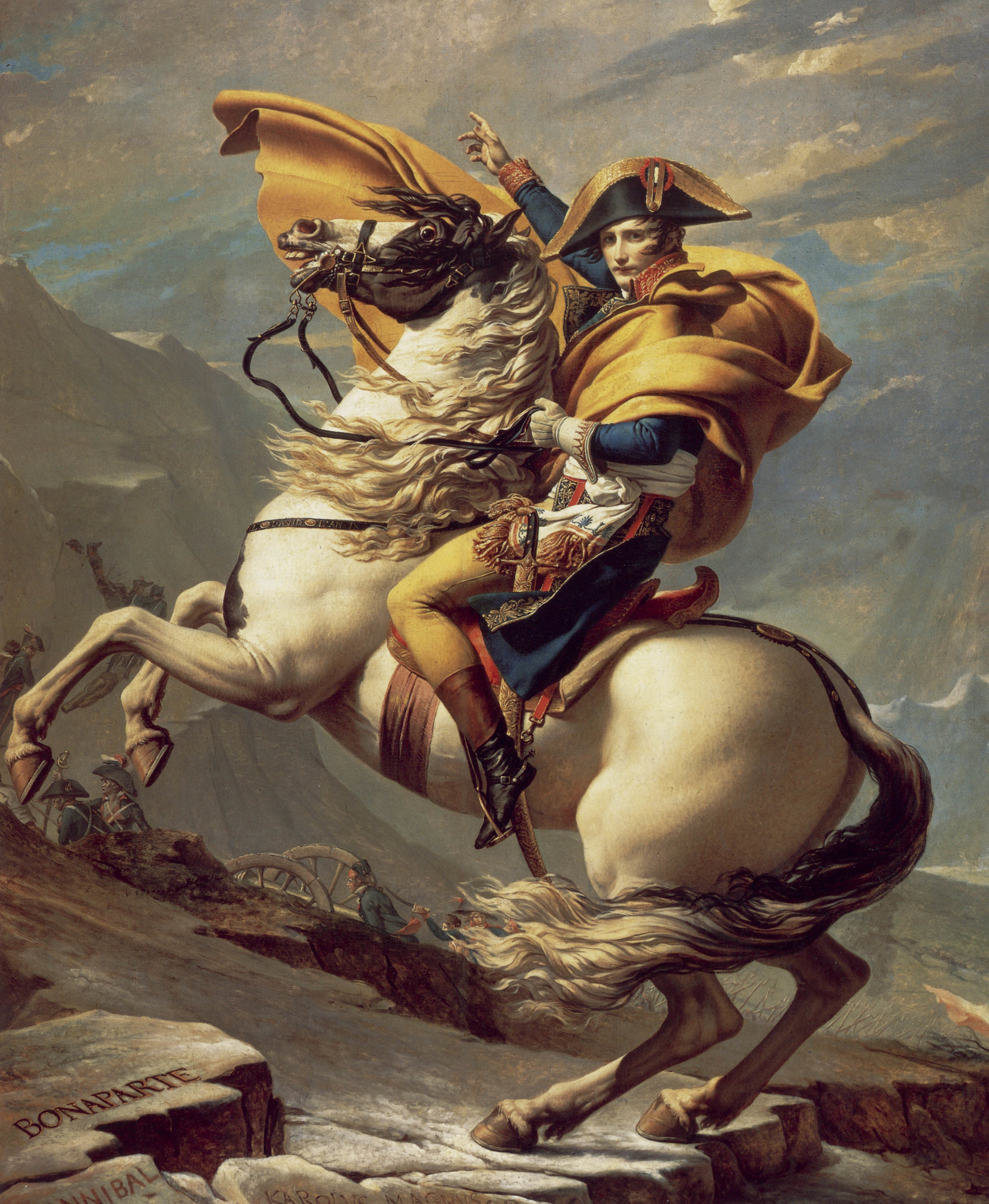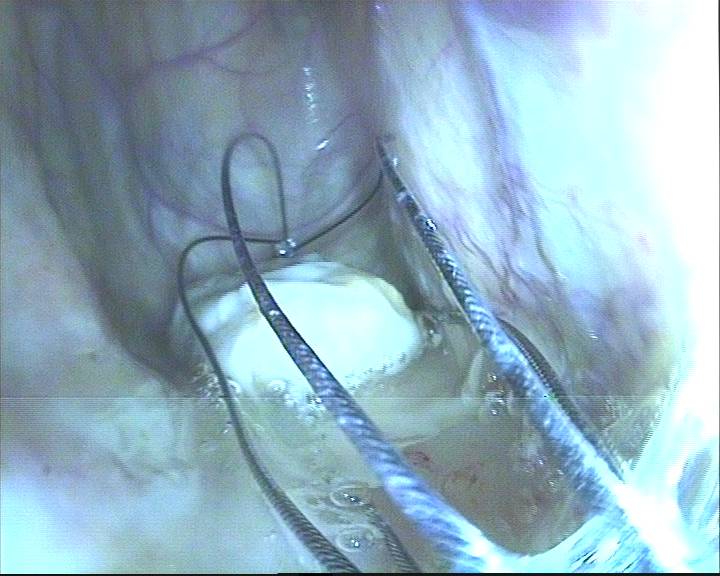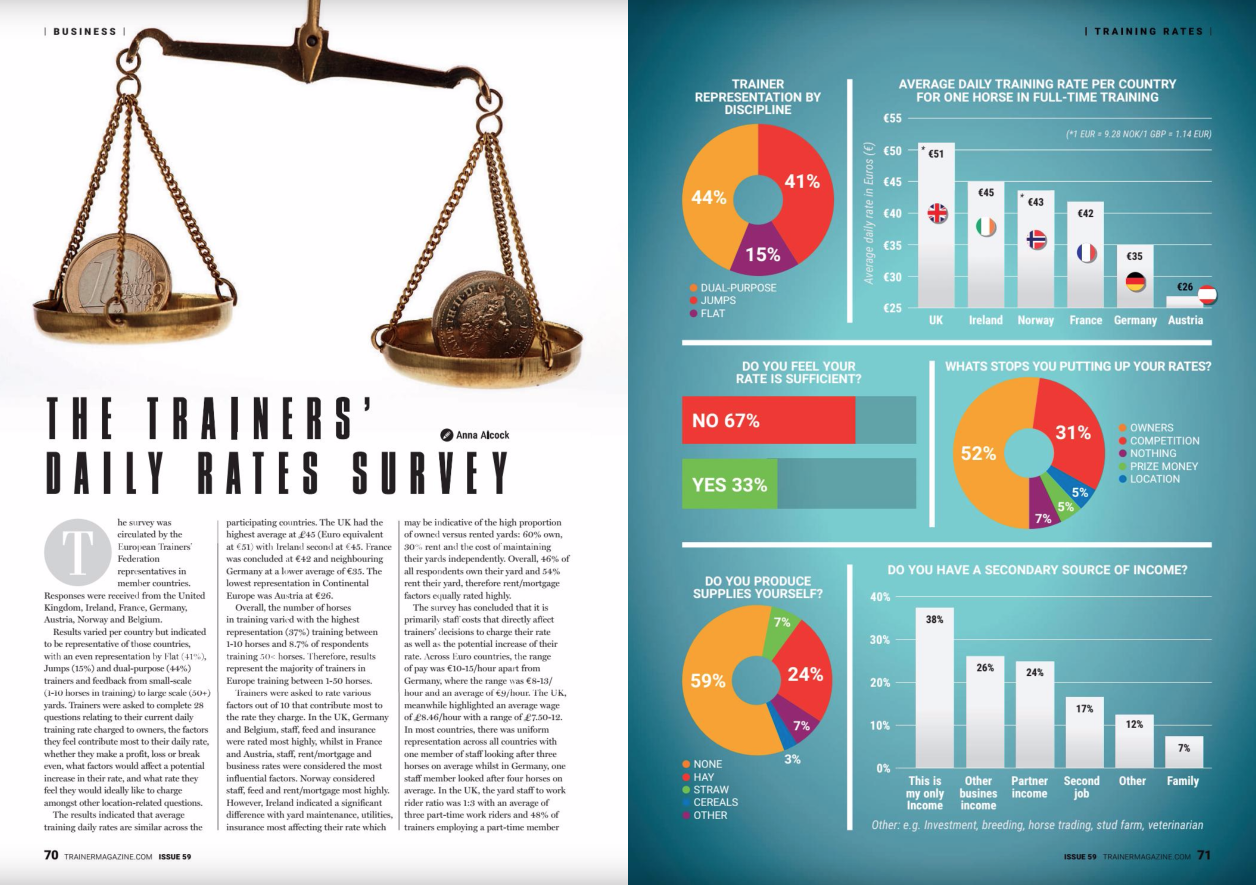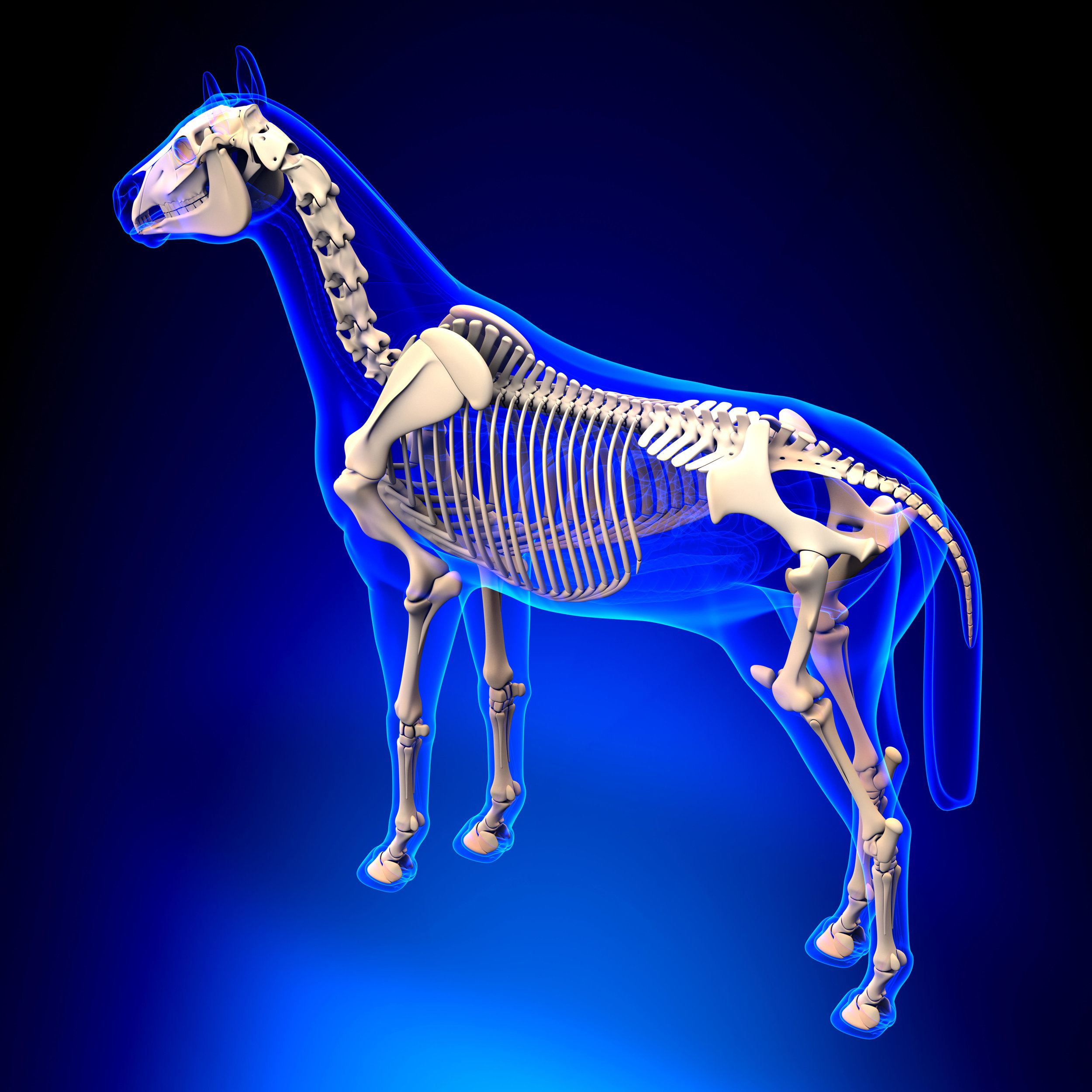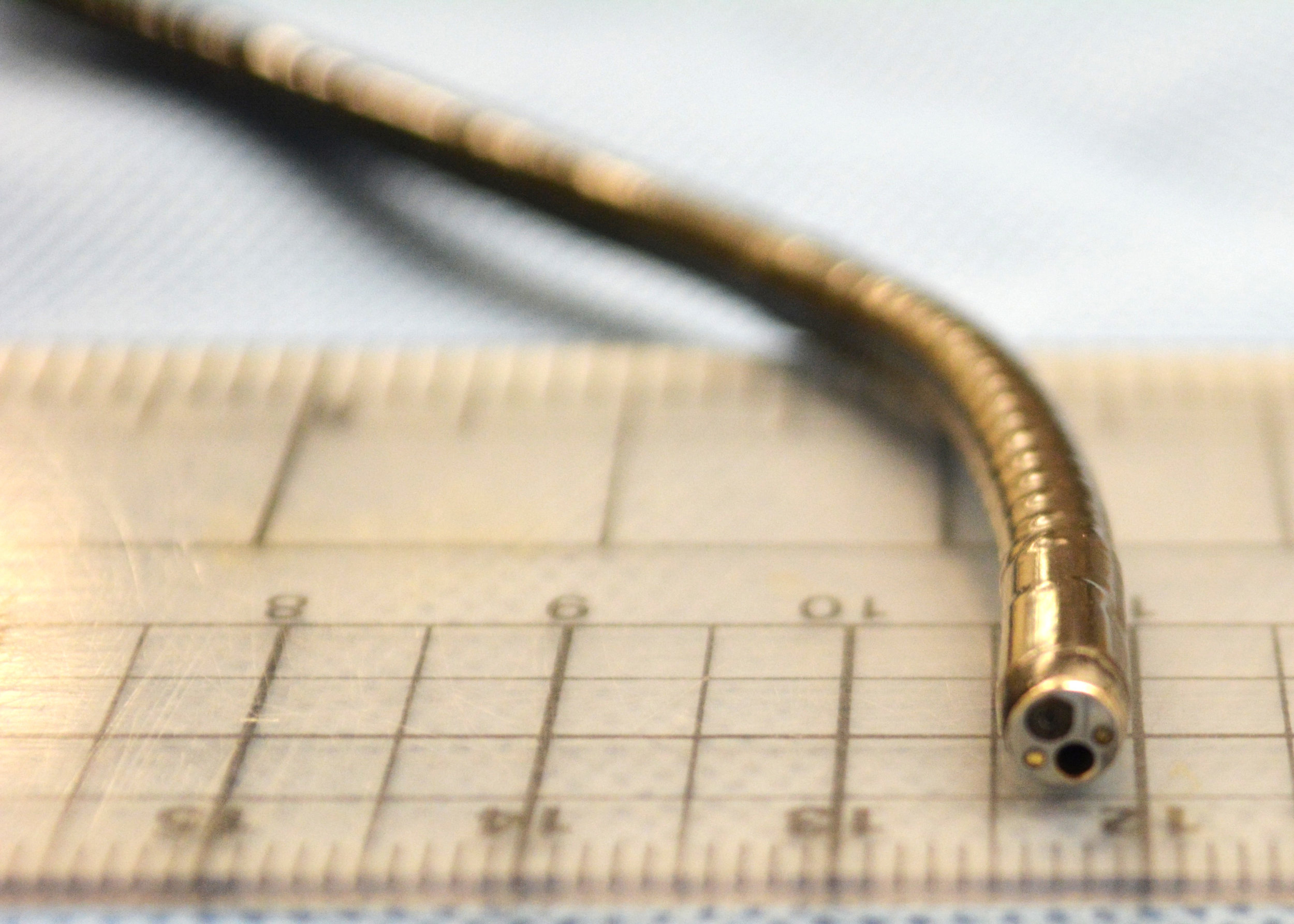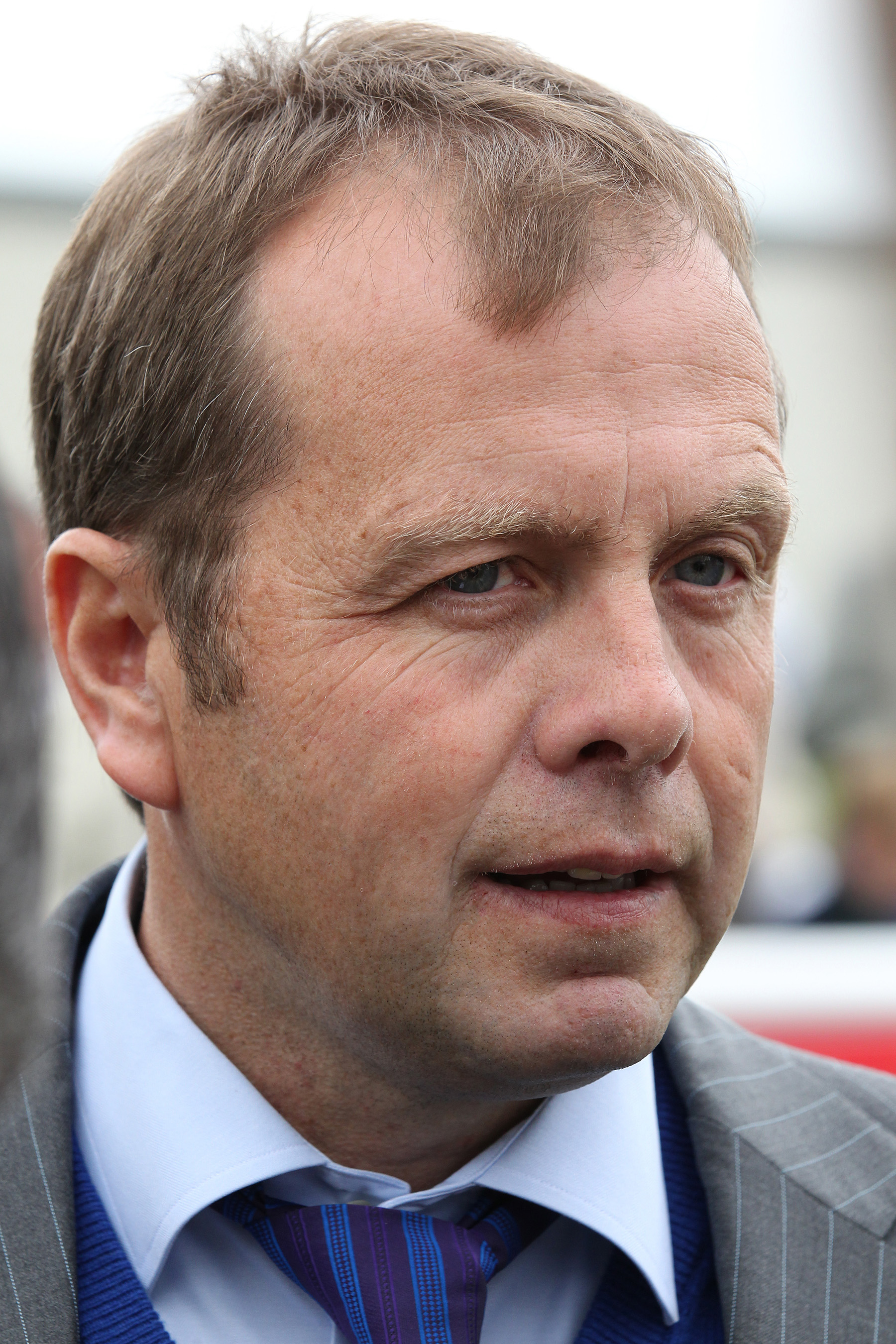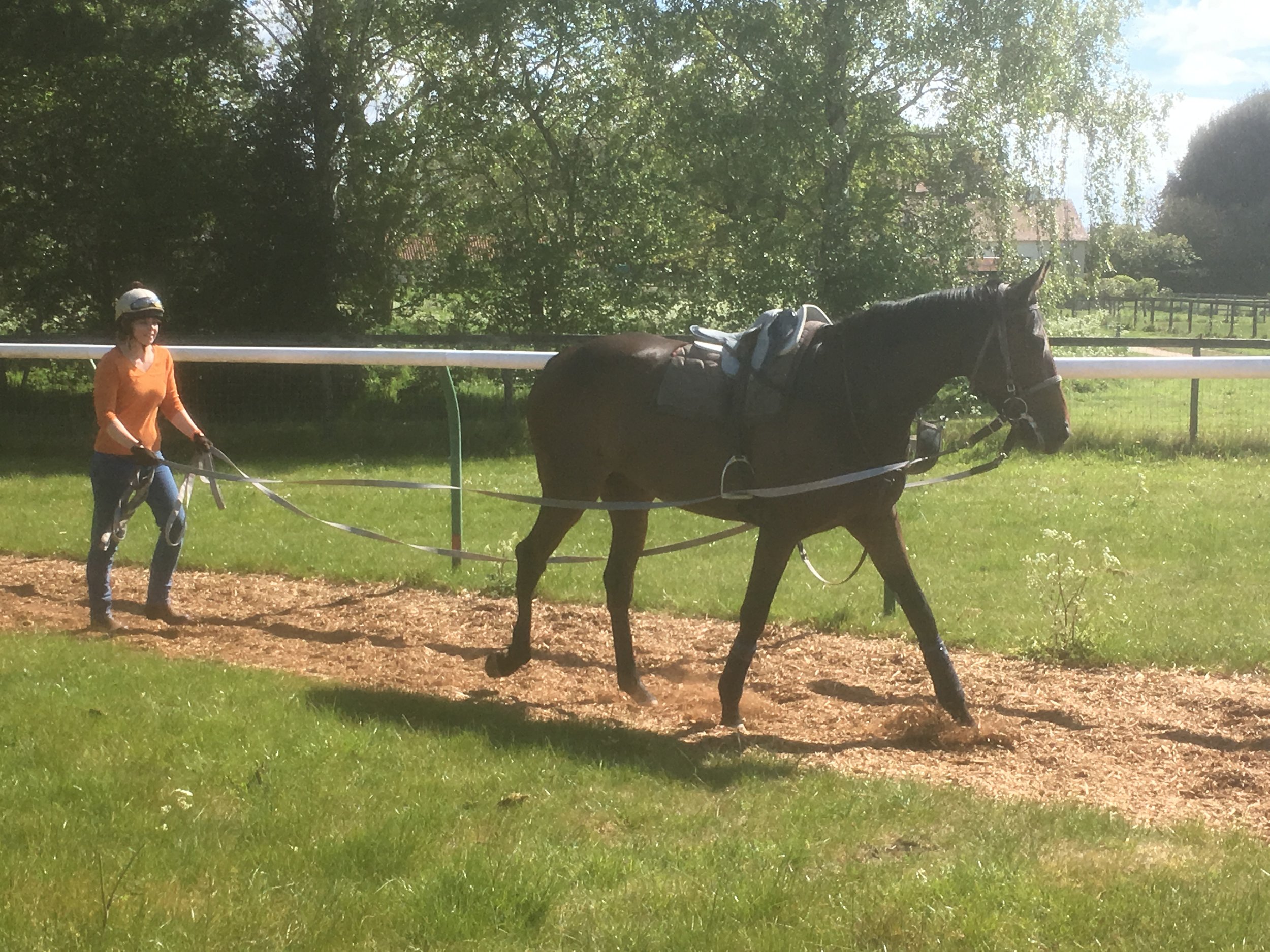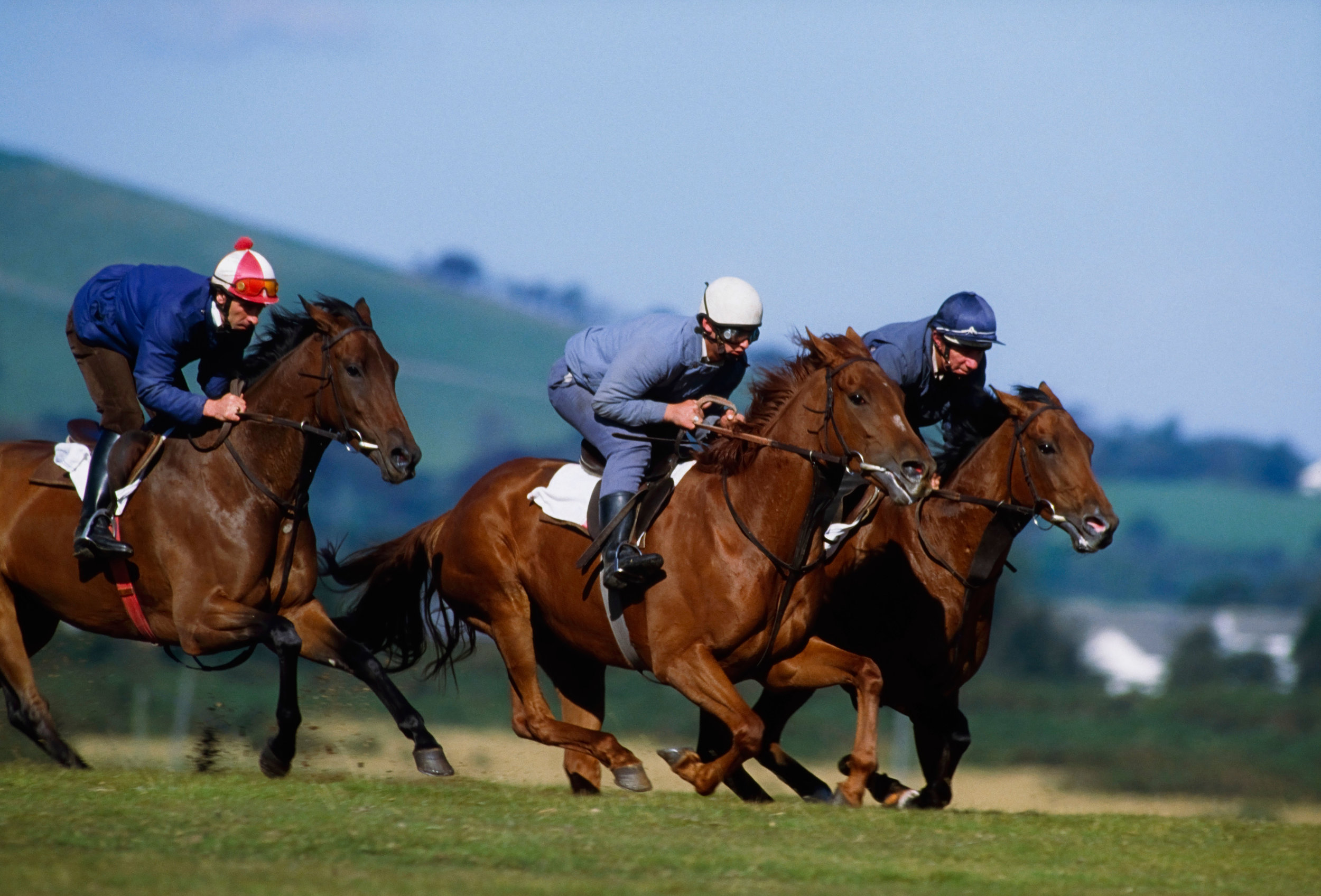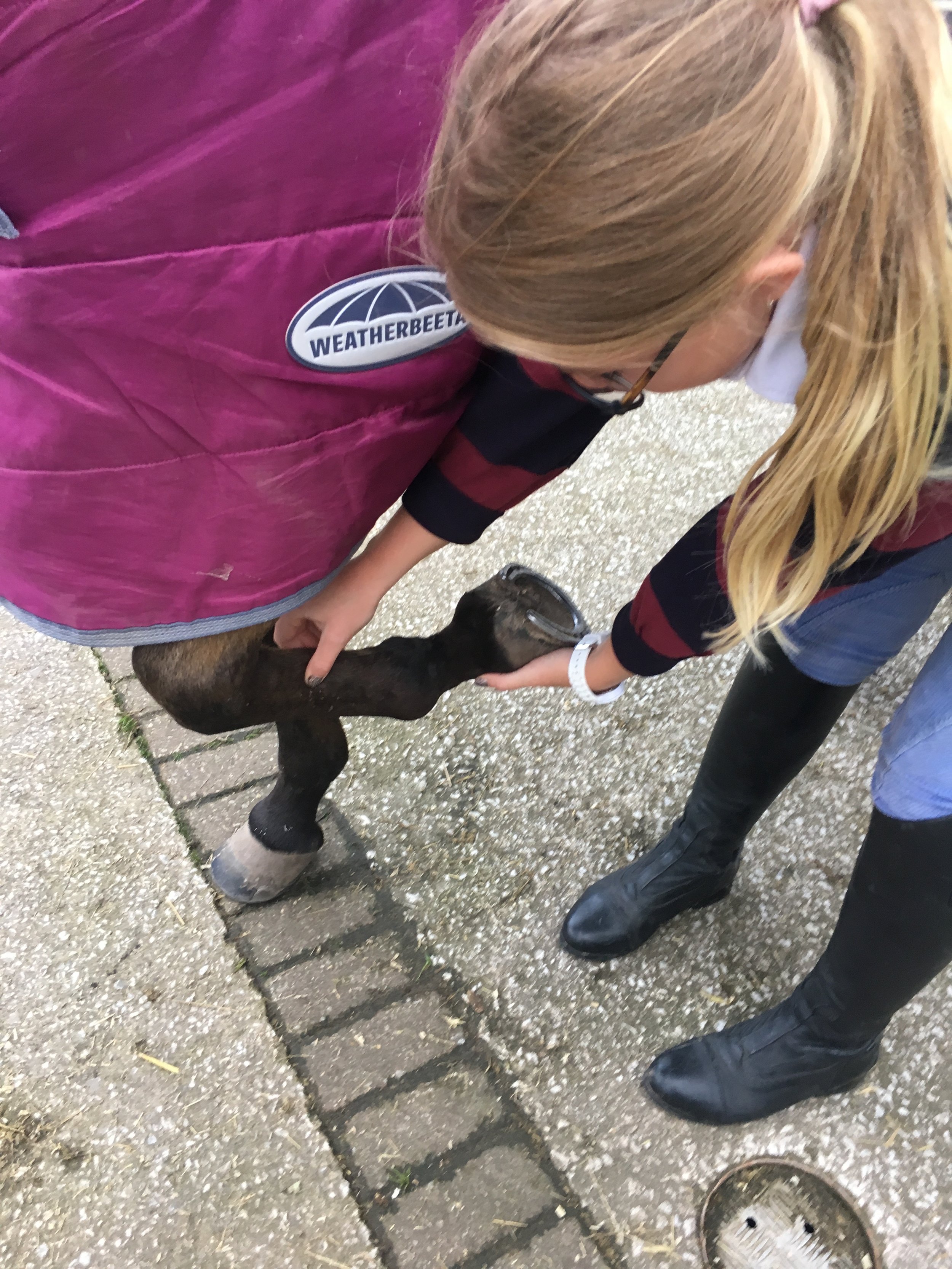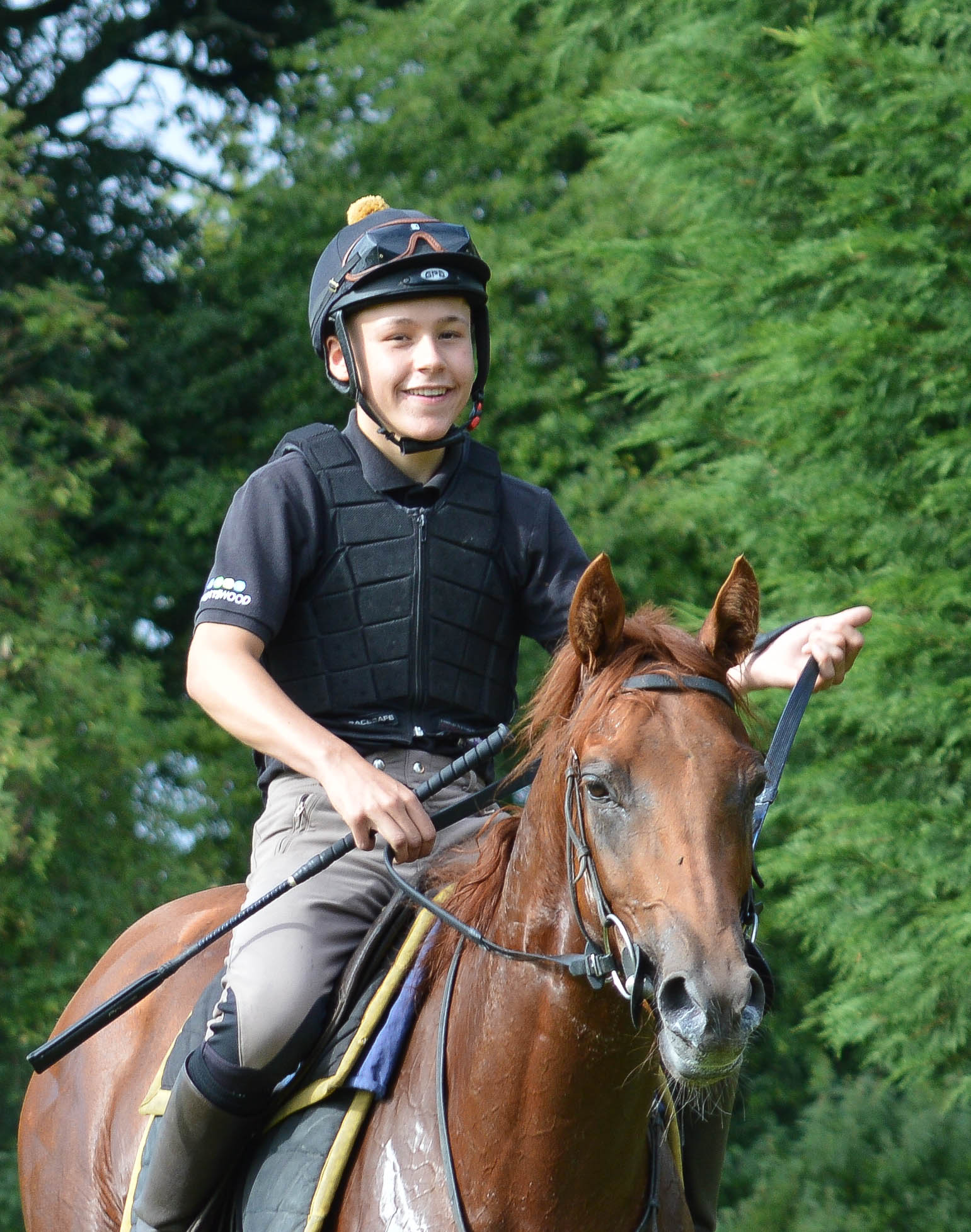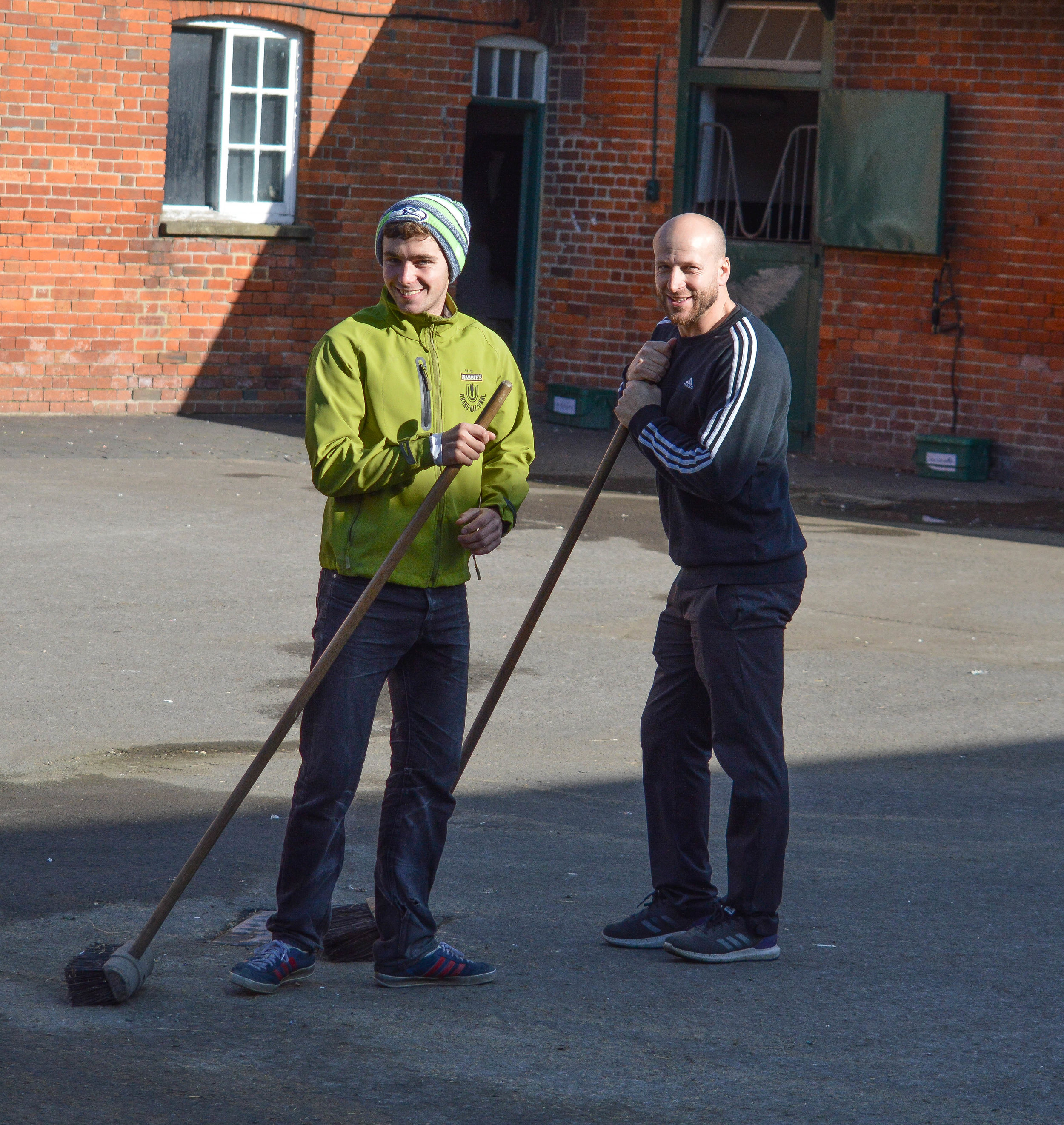Trainer Profile: Colin Tizzard
/“He’ll win the King George, two years’ time, you wait and see!” Given that the speaker is Colin Tizzard, who has saddled the last two winners of the Grade 1 chase, the opinion carries weight, but a warm chuckle from him downplays the gravity of his statement.
Tizzard, his son Joe, and a group of owners are in jovial mood as they watch a pair of promising young novices school upsides at the trainer’s Venn Farm Stables in Dorset, south-west England.
Home to some of the most successful trainers, past and present, in National Hunt (Jumps) racing, the region has long been a hotbed for the sport and also for Point-to-Point (PTP) racing, a related category of amateur thoroughbred racing over fences which is often a starting point in the careers of National Hunt jockeys, trainers, and horses.
Tizzard is one of a number of trainers in the area who have a background in Point-to-Points and have made a successful transition to racing under Rules. His team has firmly established itself as one of the top 20 National Hunt stables in the country season in and season out, having started with two pointers to support his son’s embryonic riding career more than two decades ago, while also running the family dairy farming business.
The stable’s run of form has notably progressed from very good to excellent in the past three years. Last season was Tizzard’s best to date, when he finished third in the trainers’ championship to the two trainers who have dominated the British National Hunt scene for the past decade or so, Nicky Henderson and Paul Nicholls.
So what has propelled Colin Tizzard to the highest echelons of the trainers’ table?
To read more - subscribe now!
Buy this issue online here
